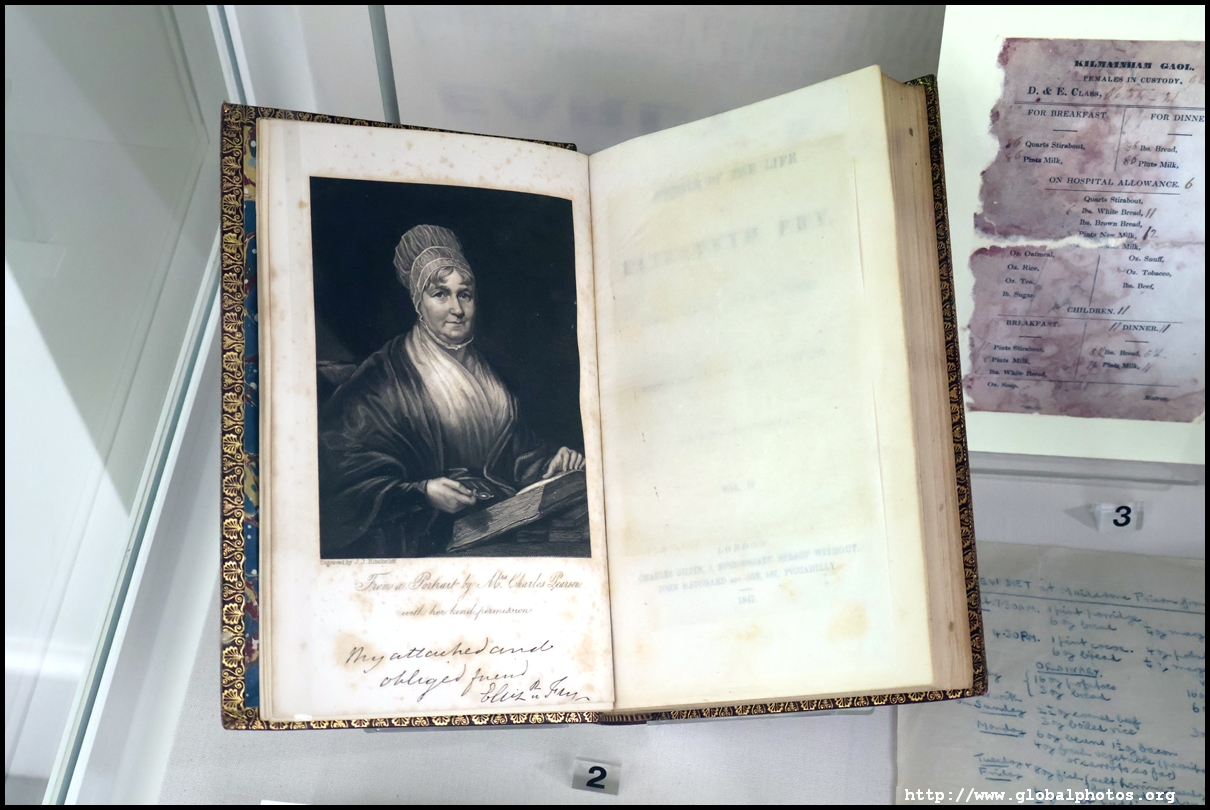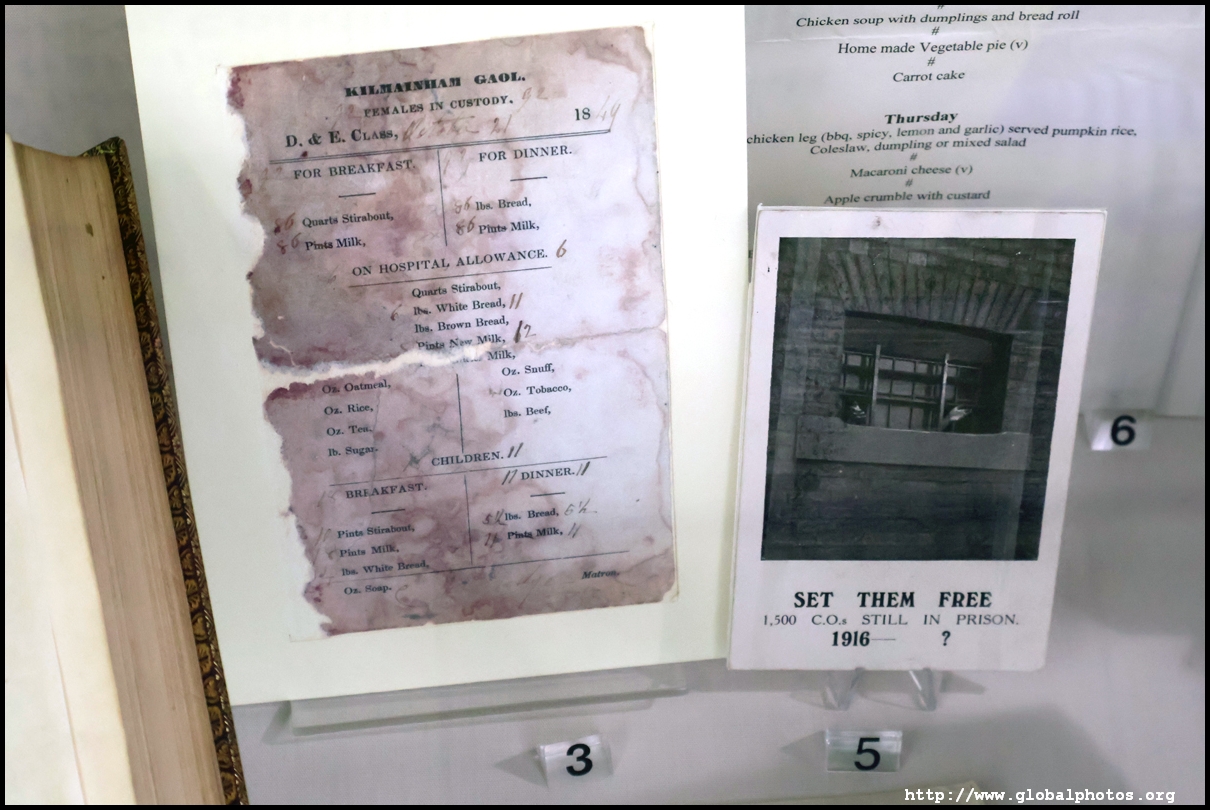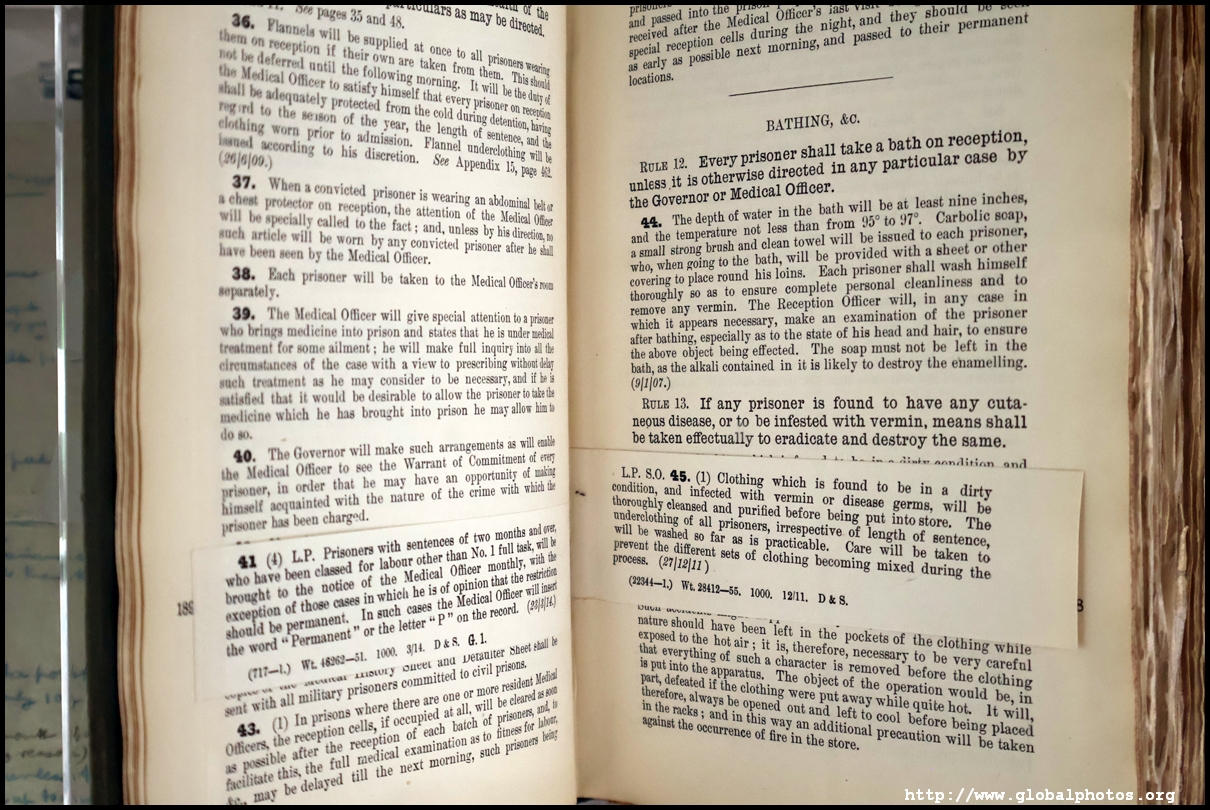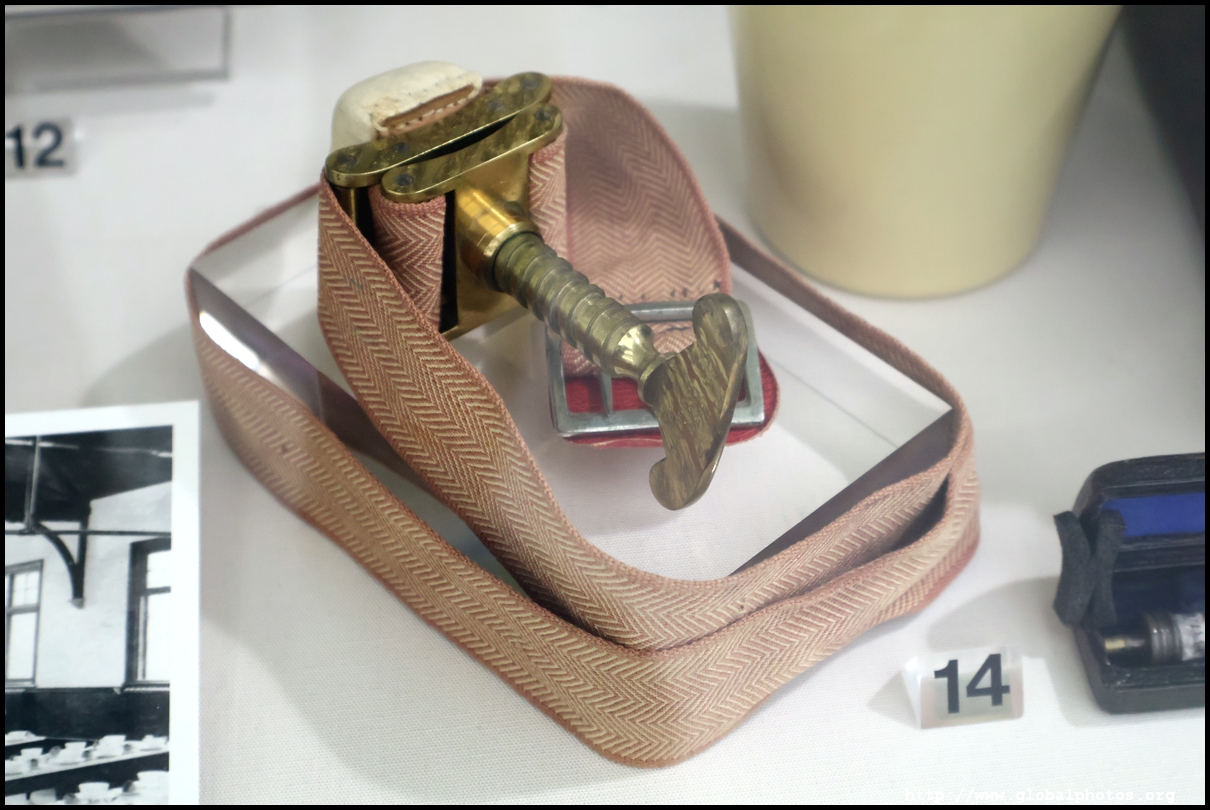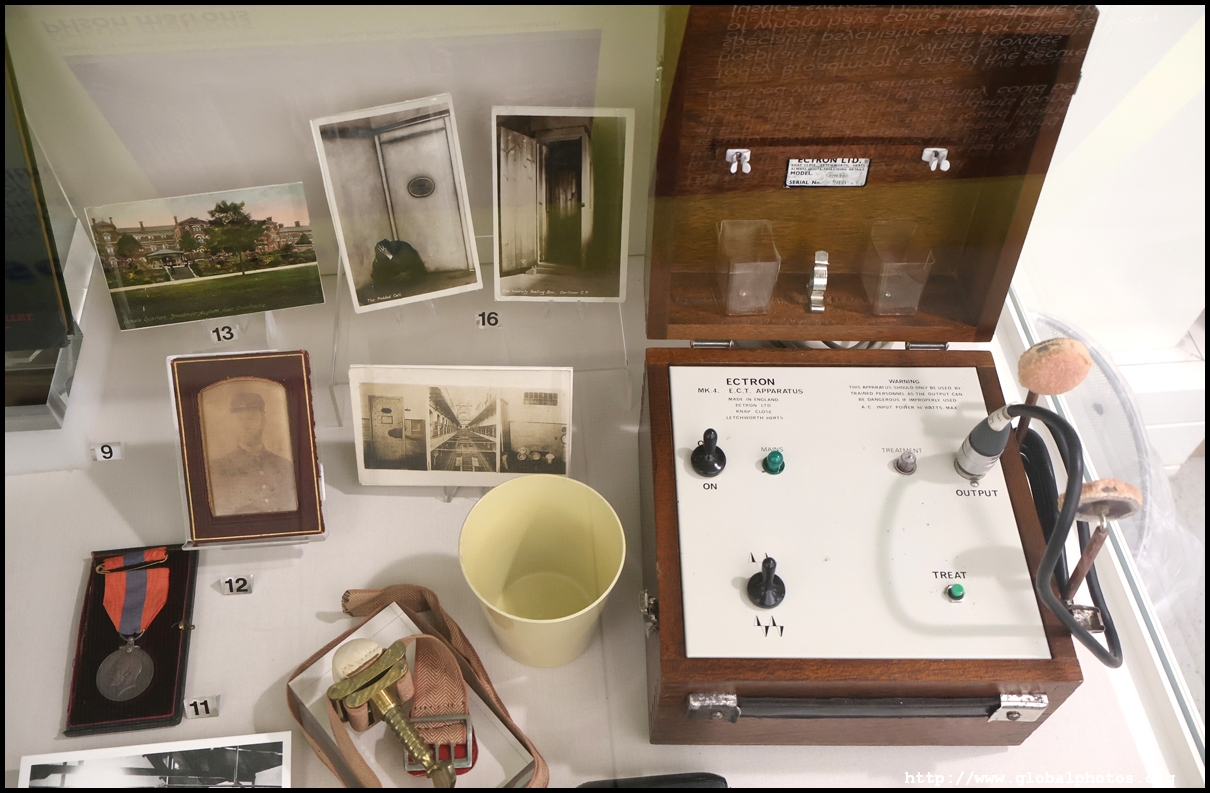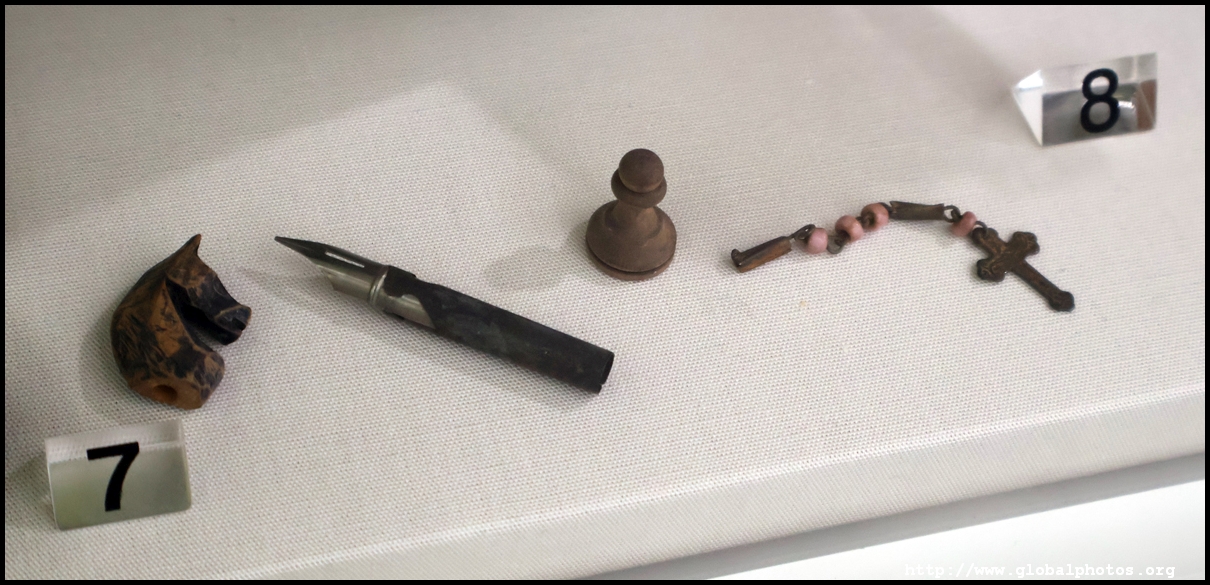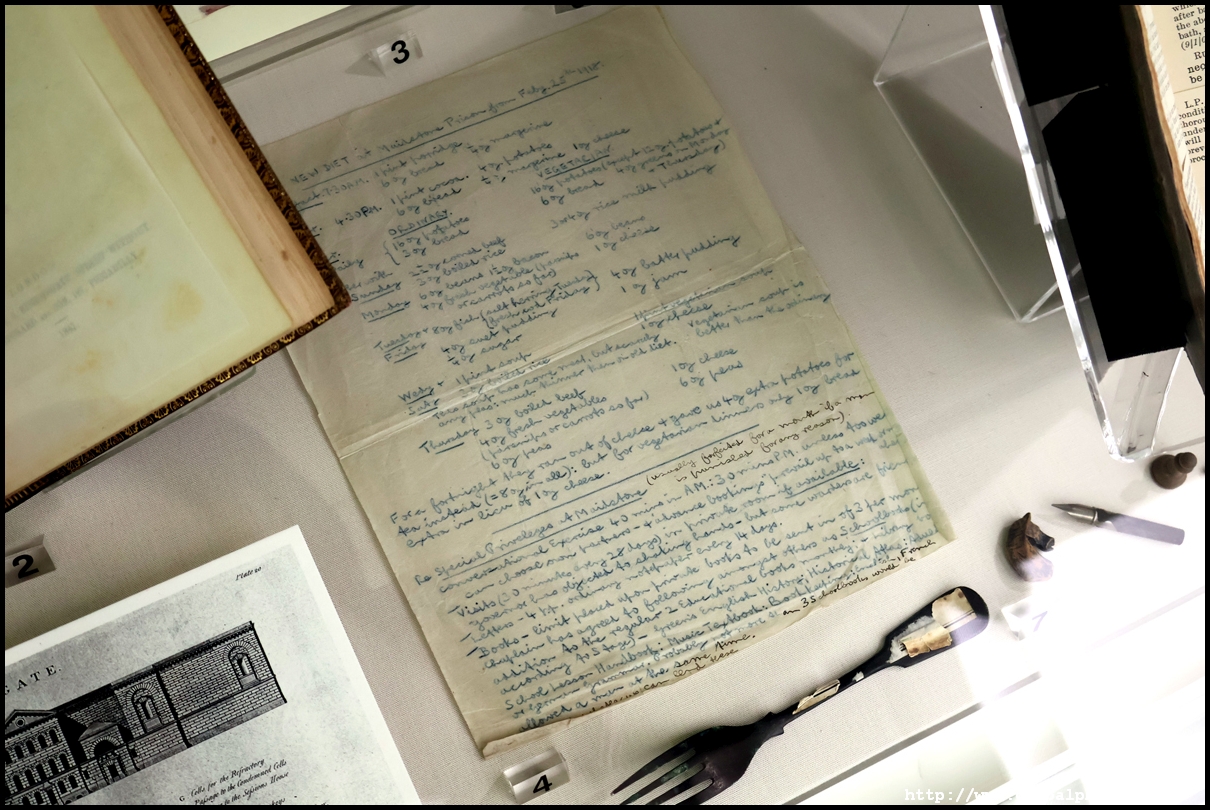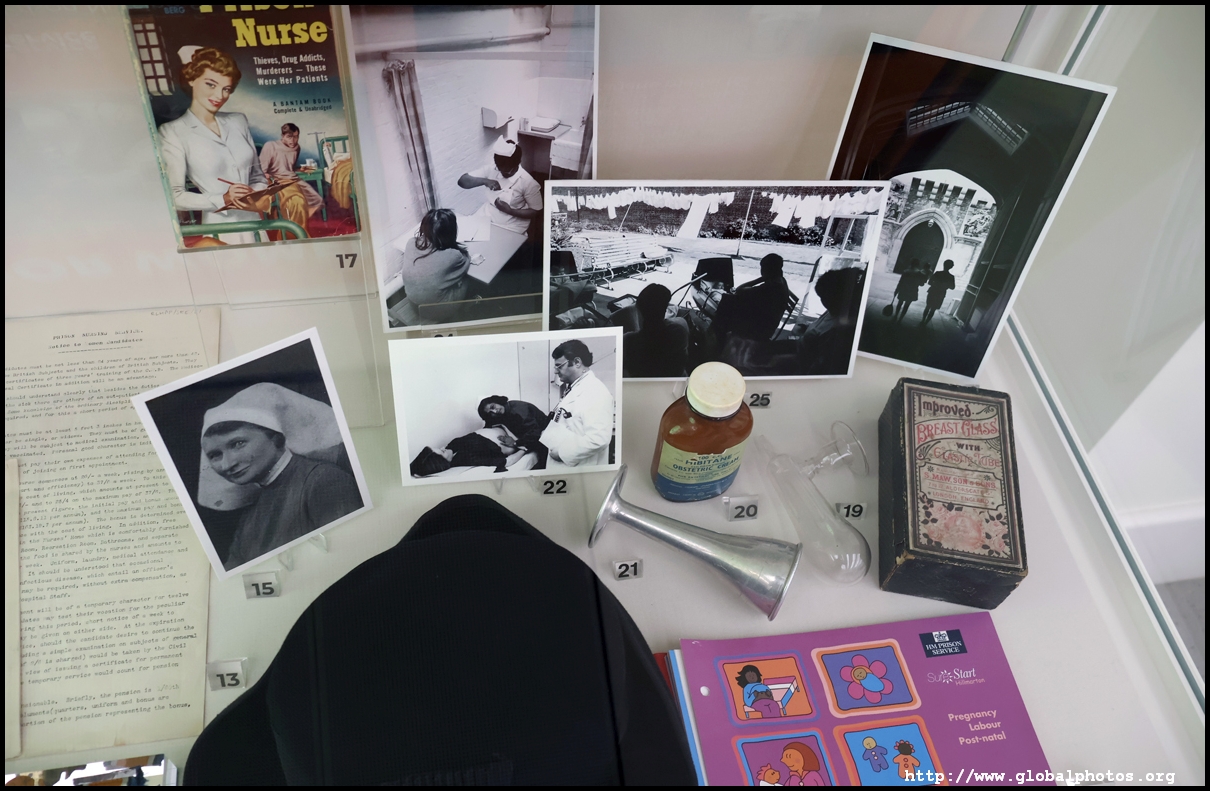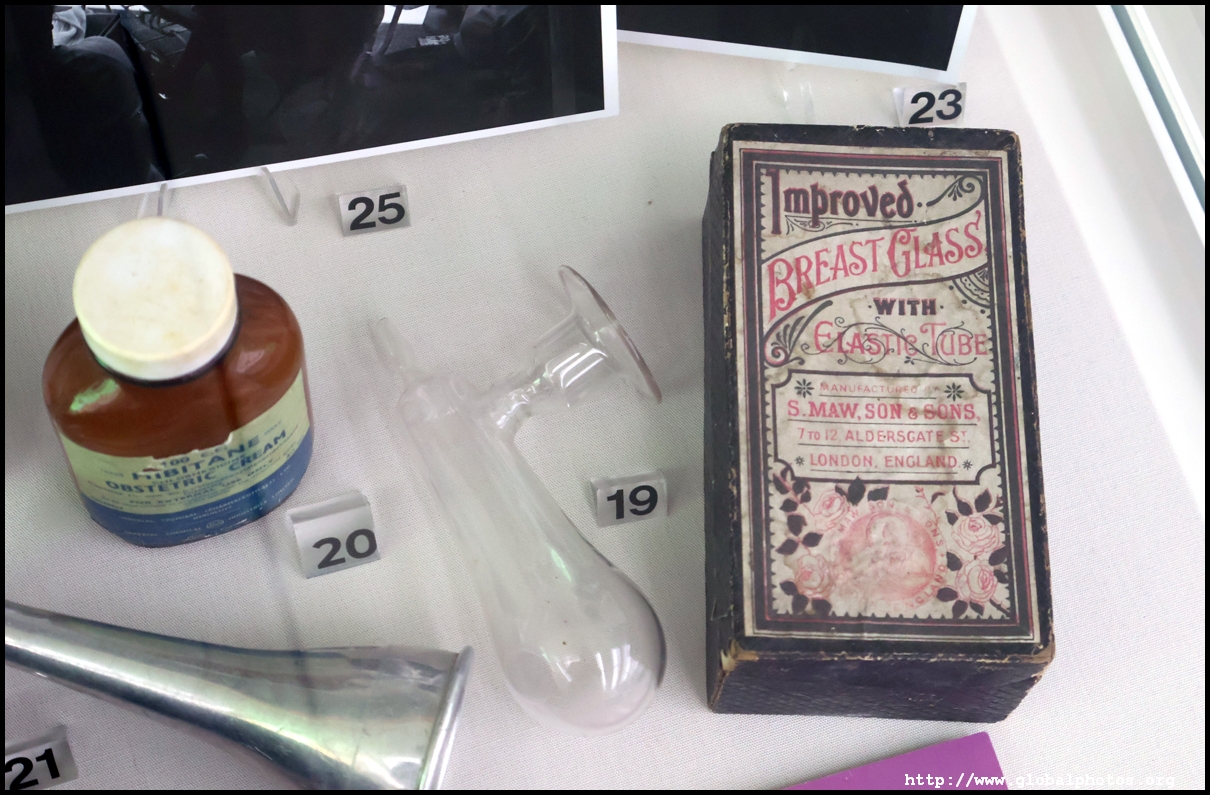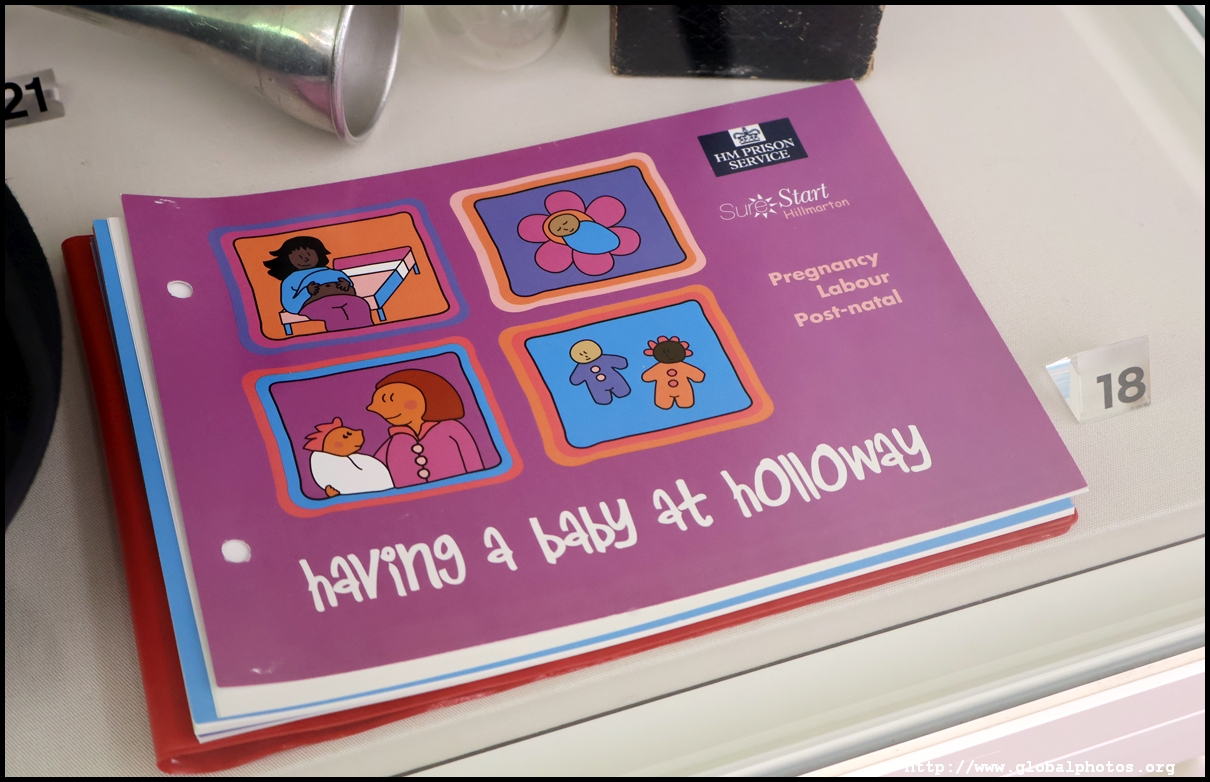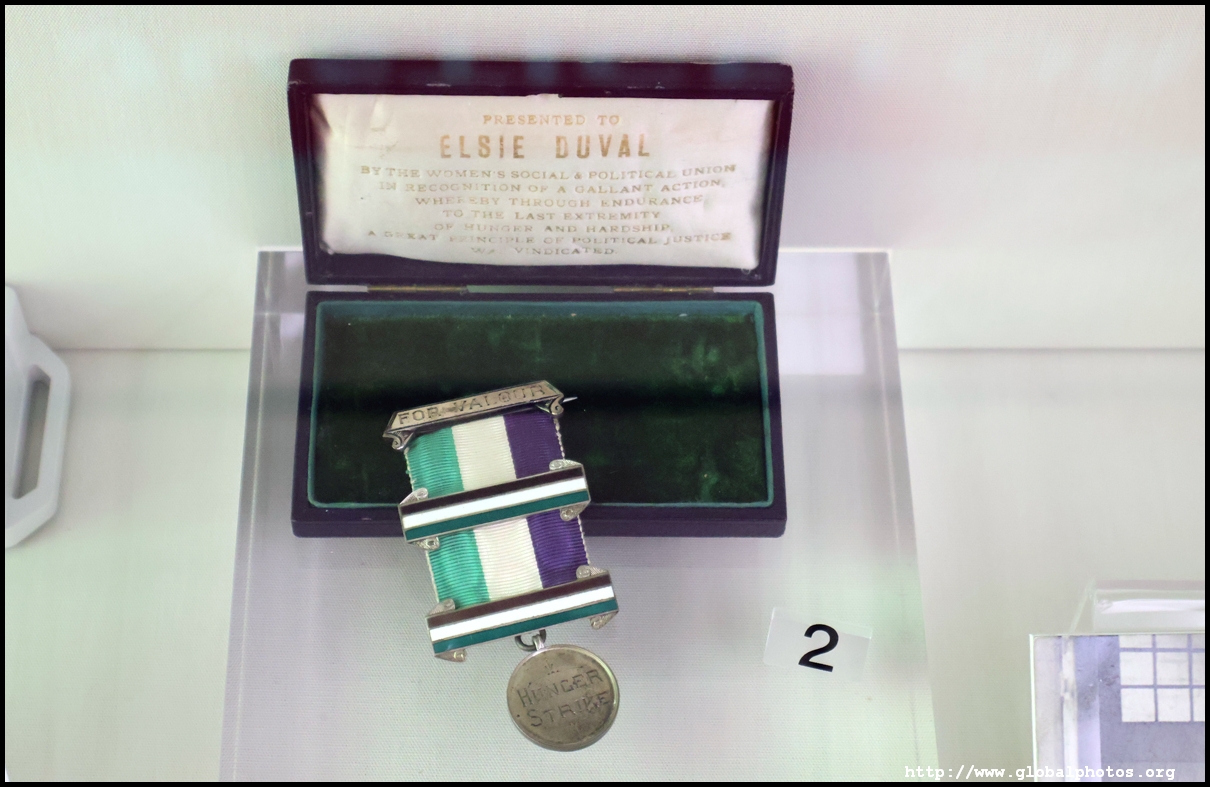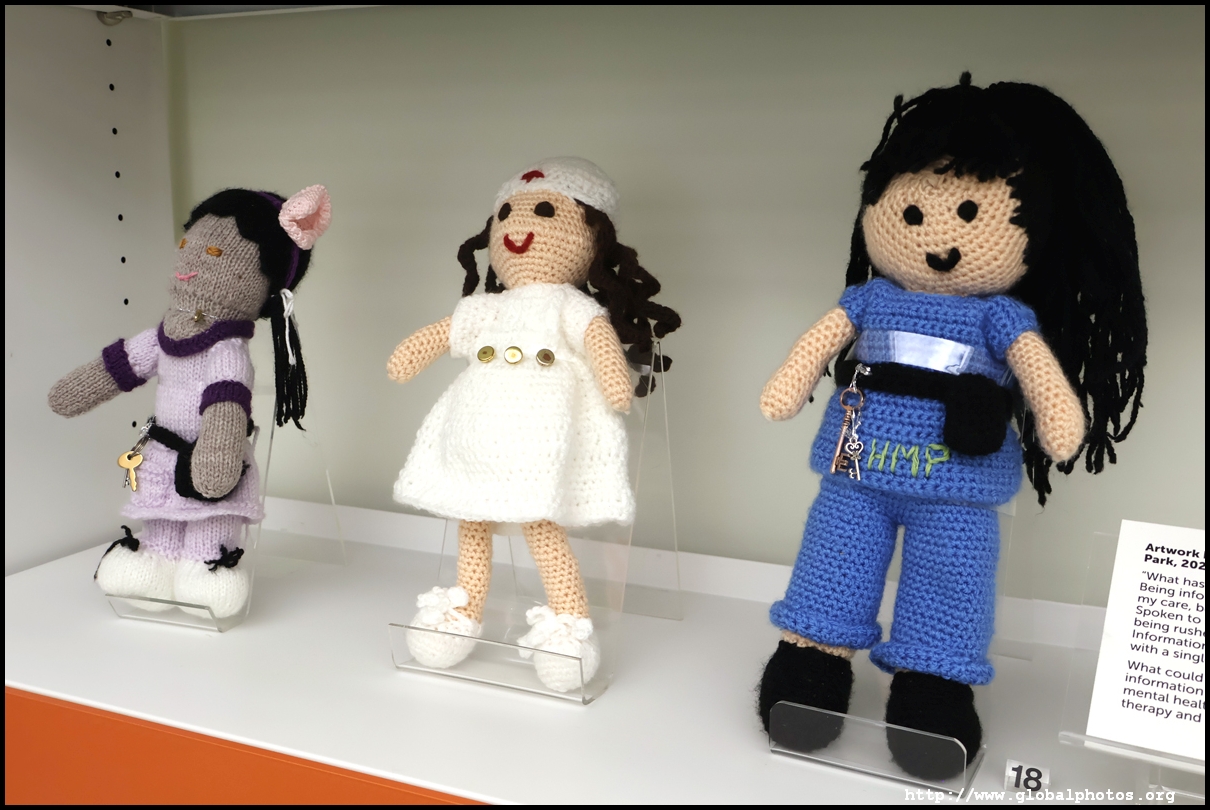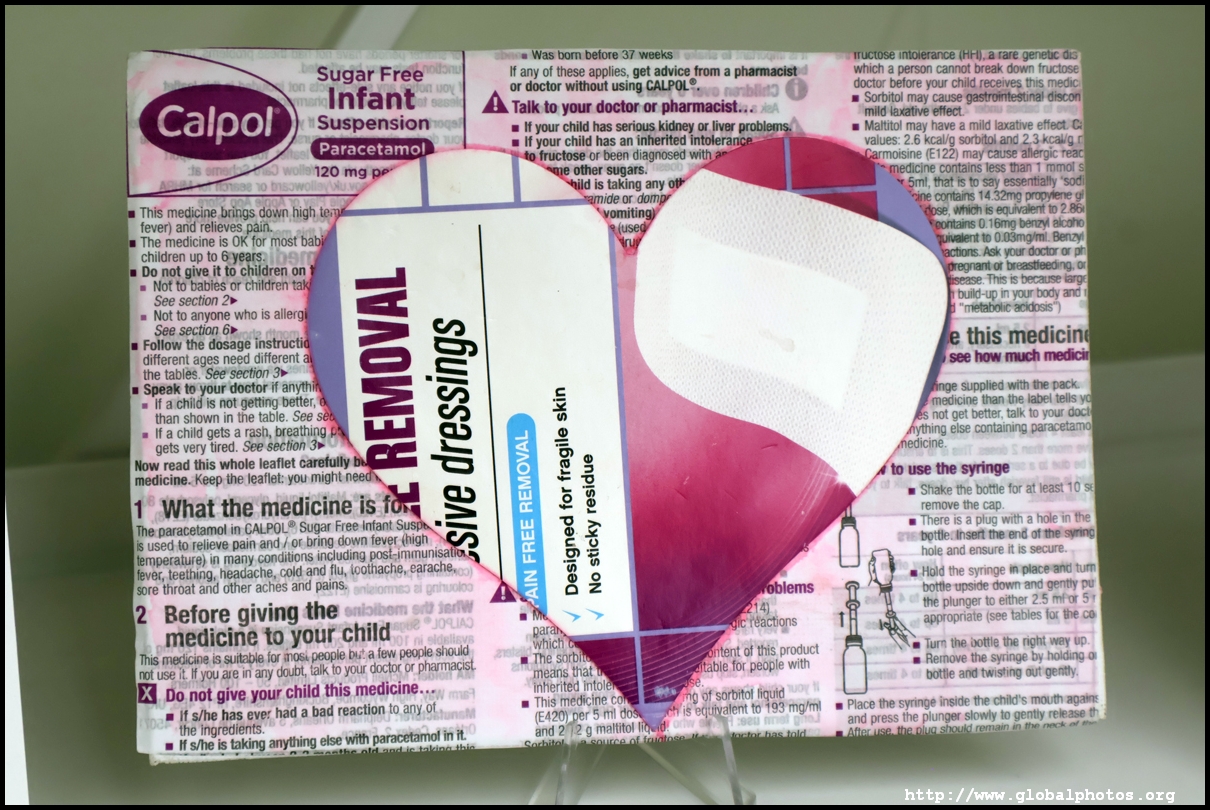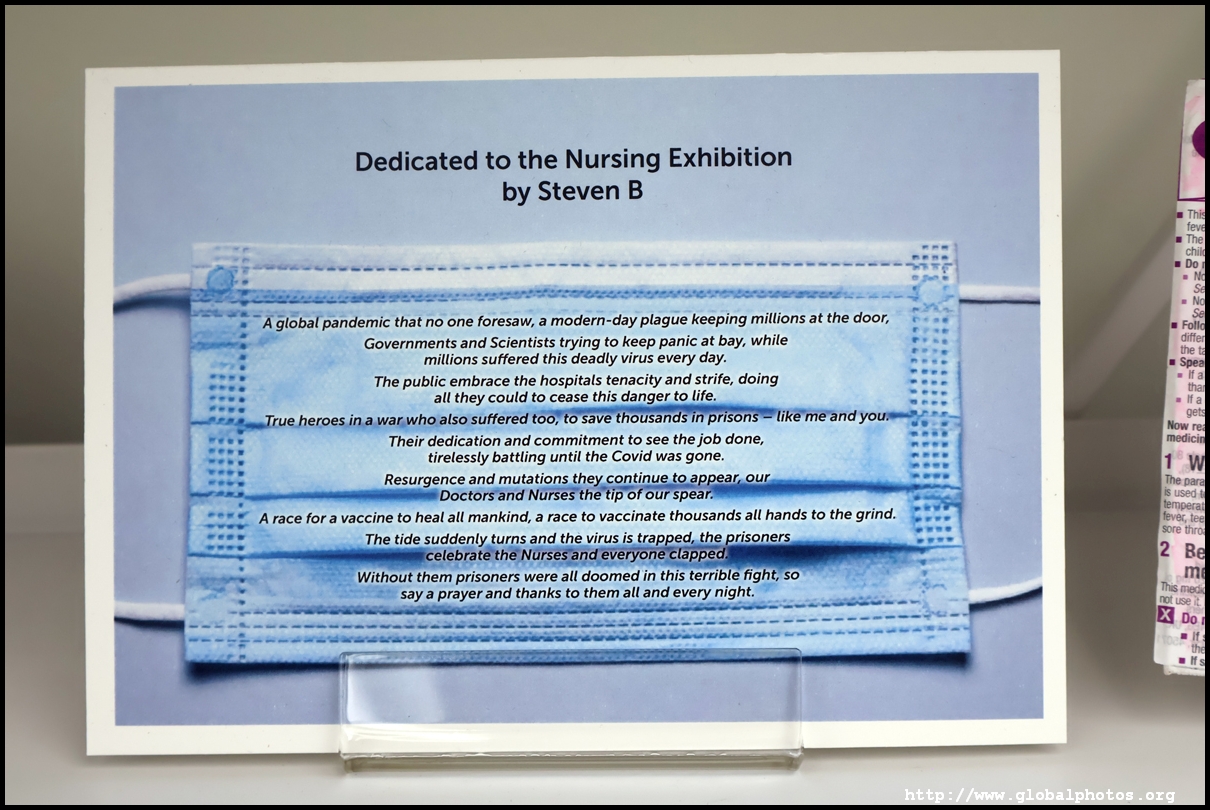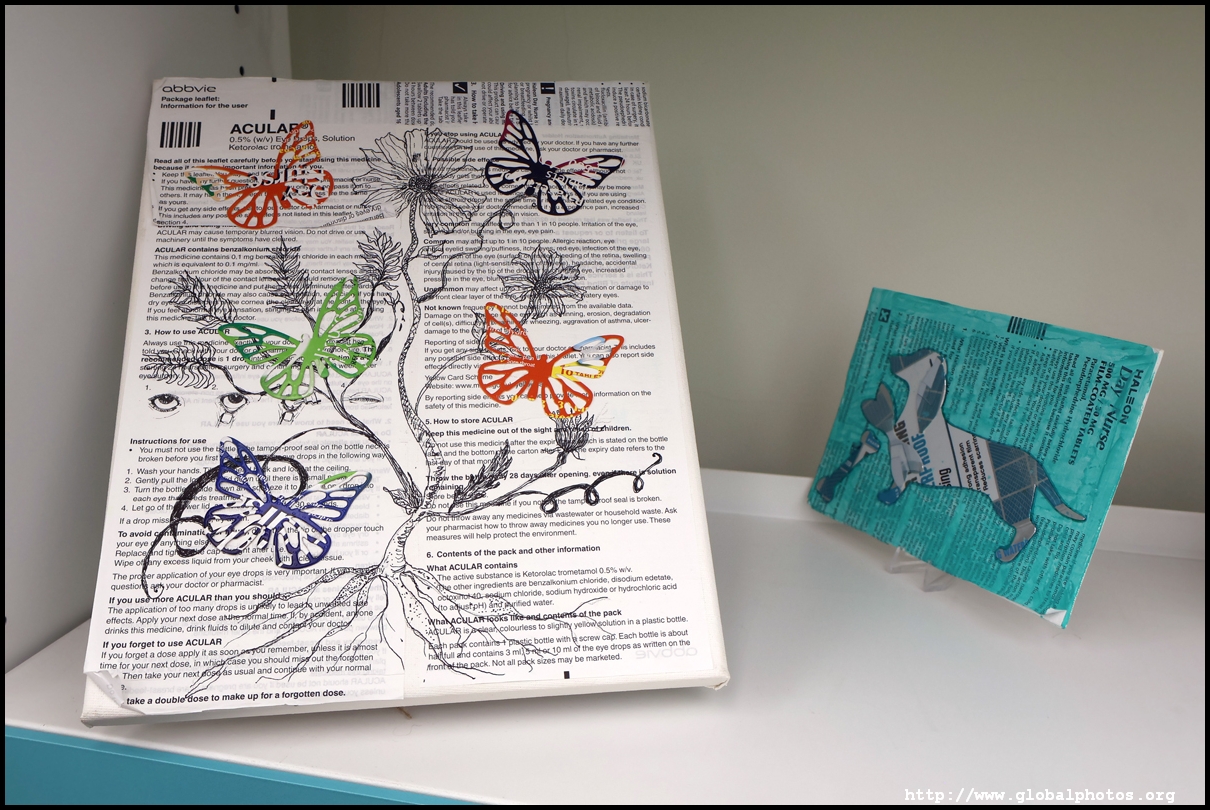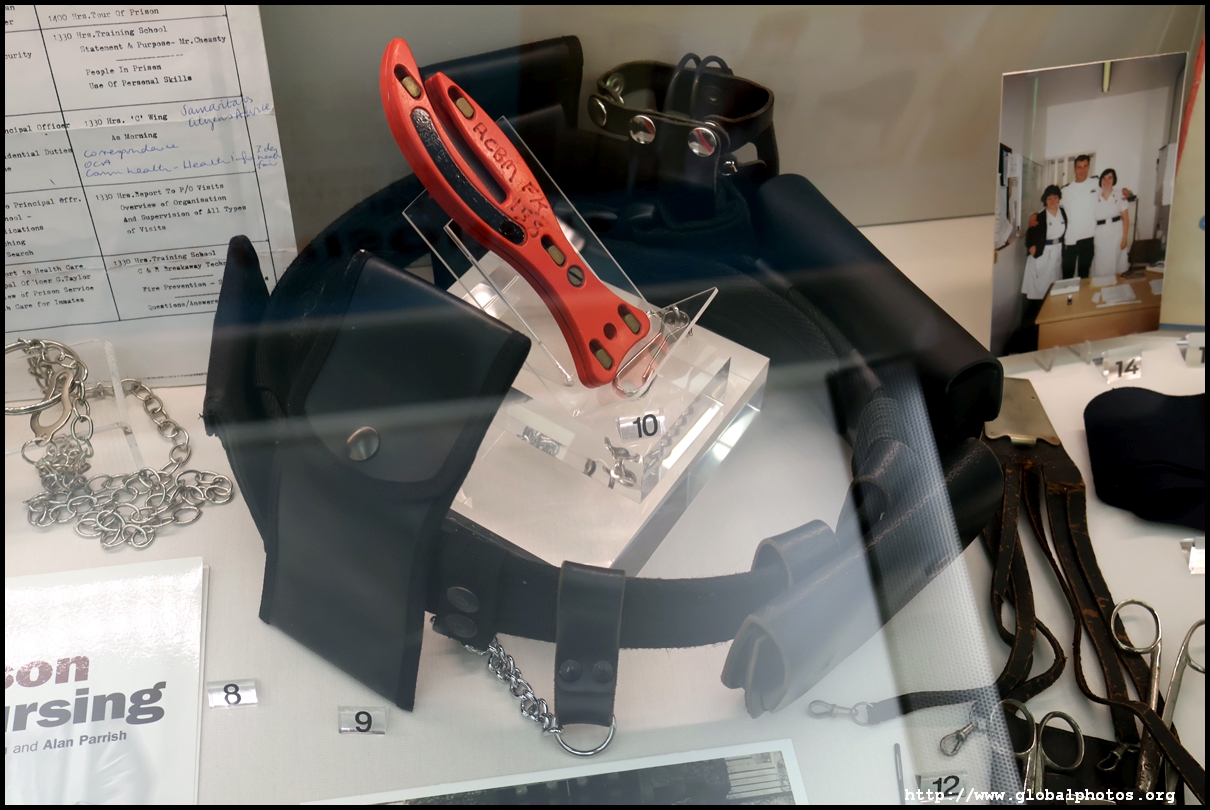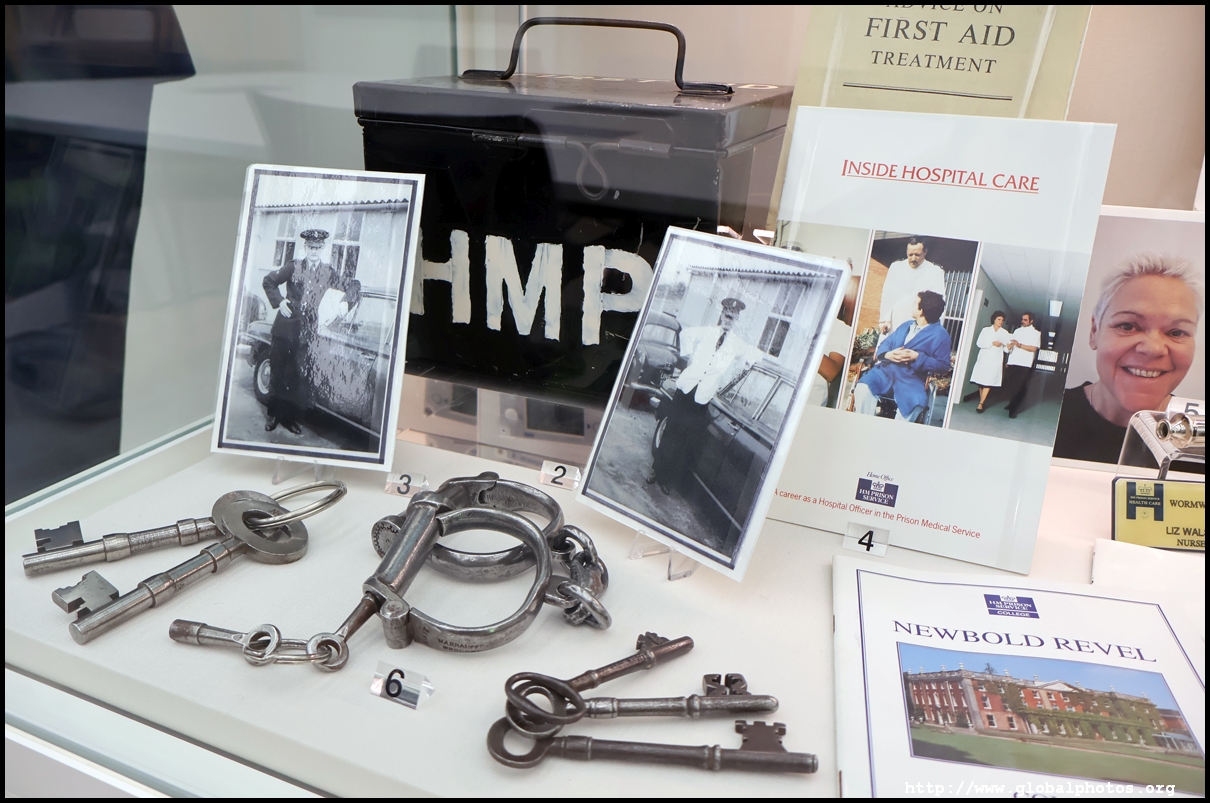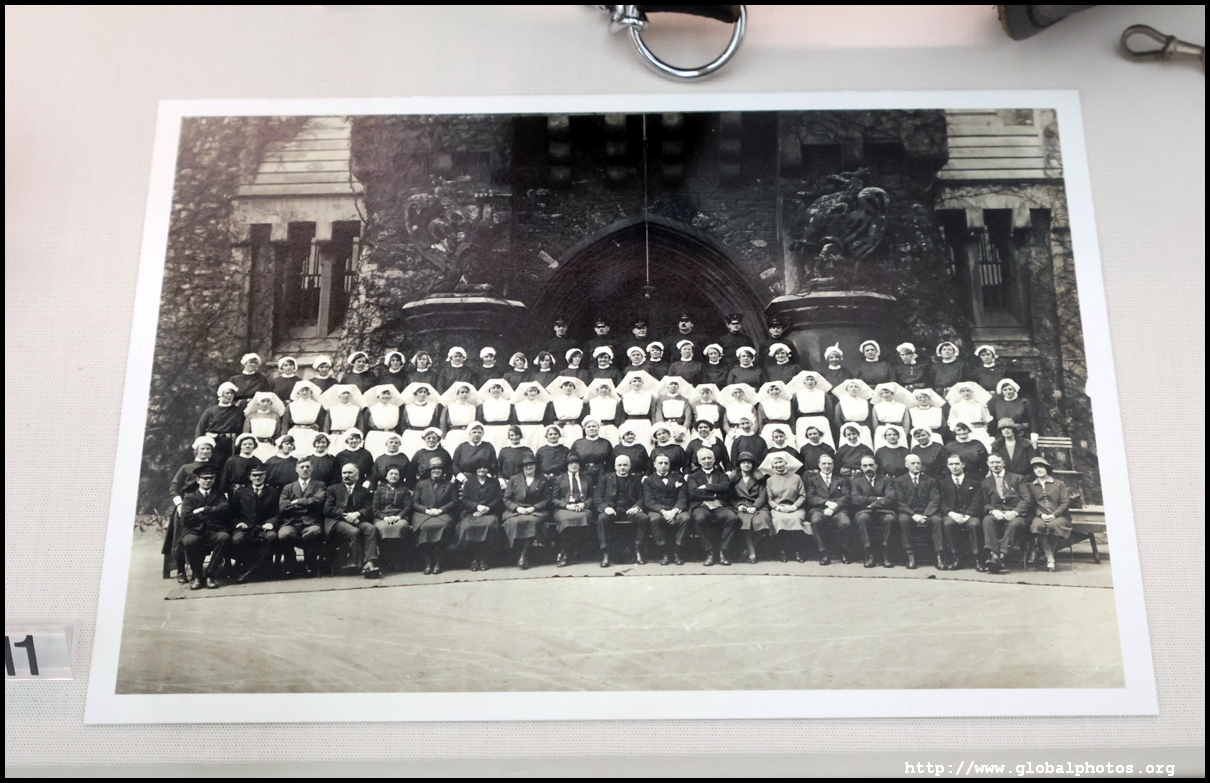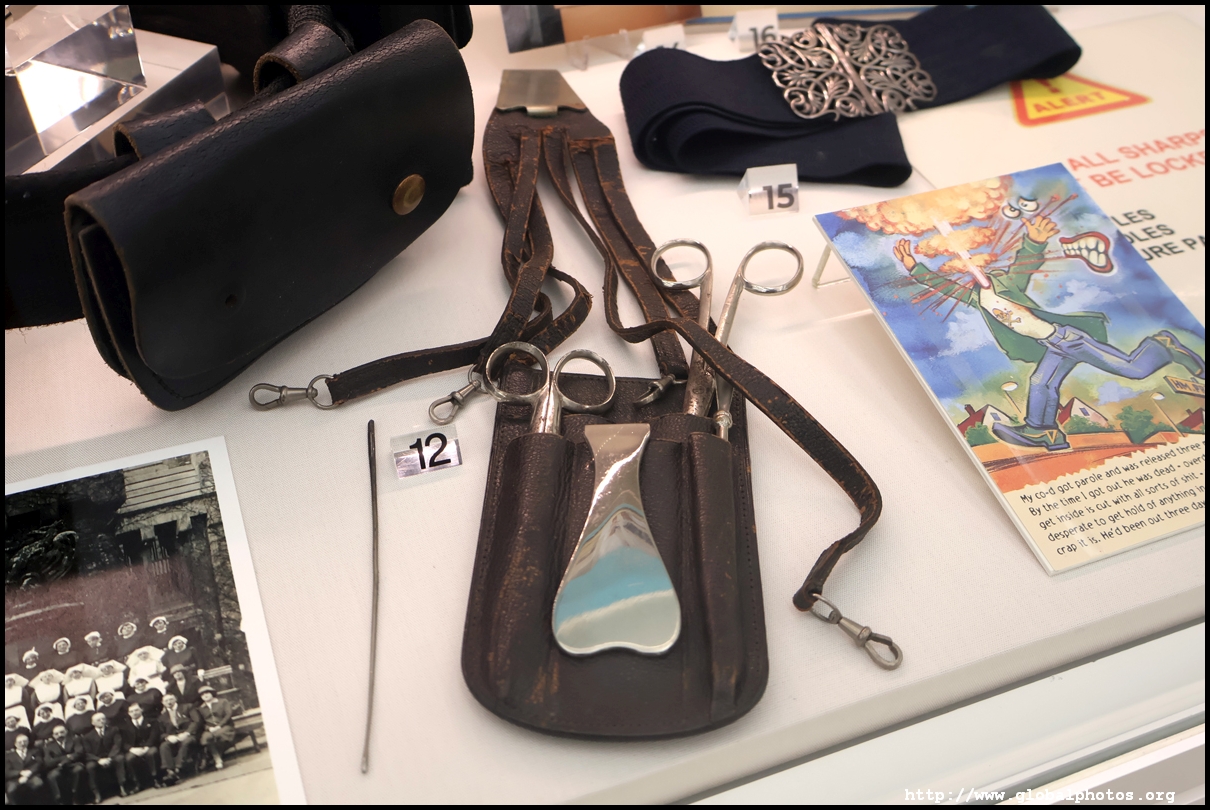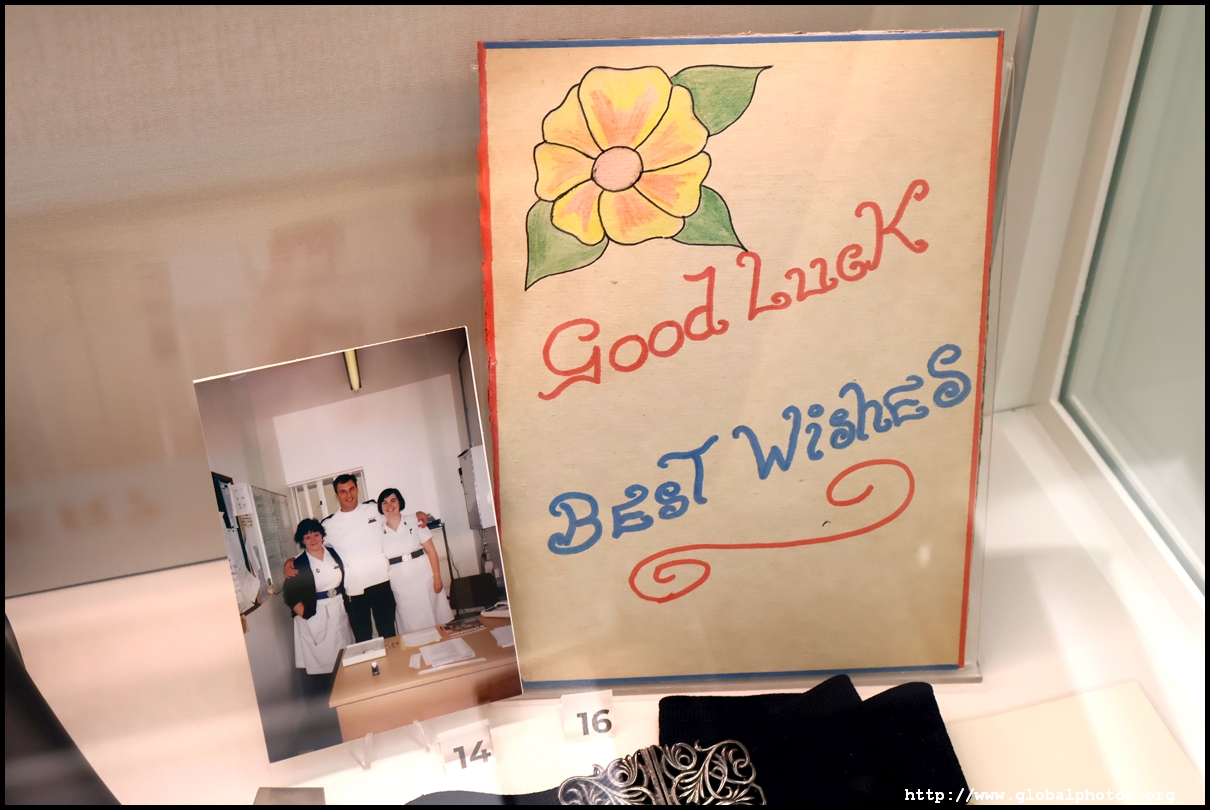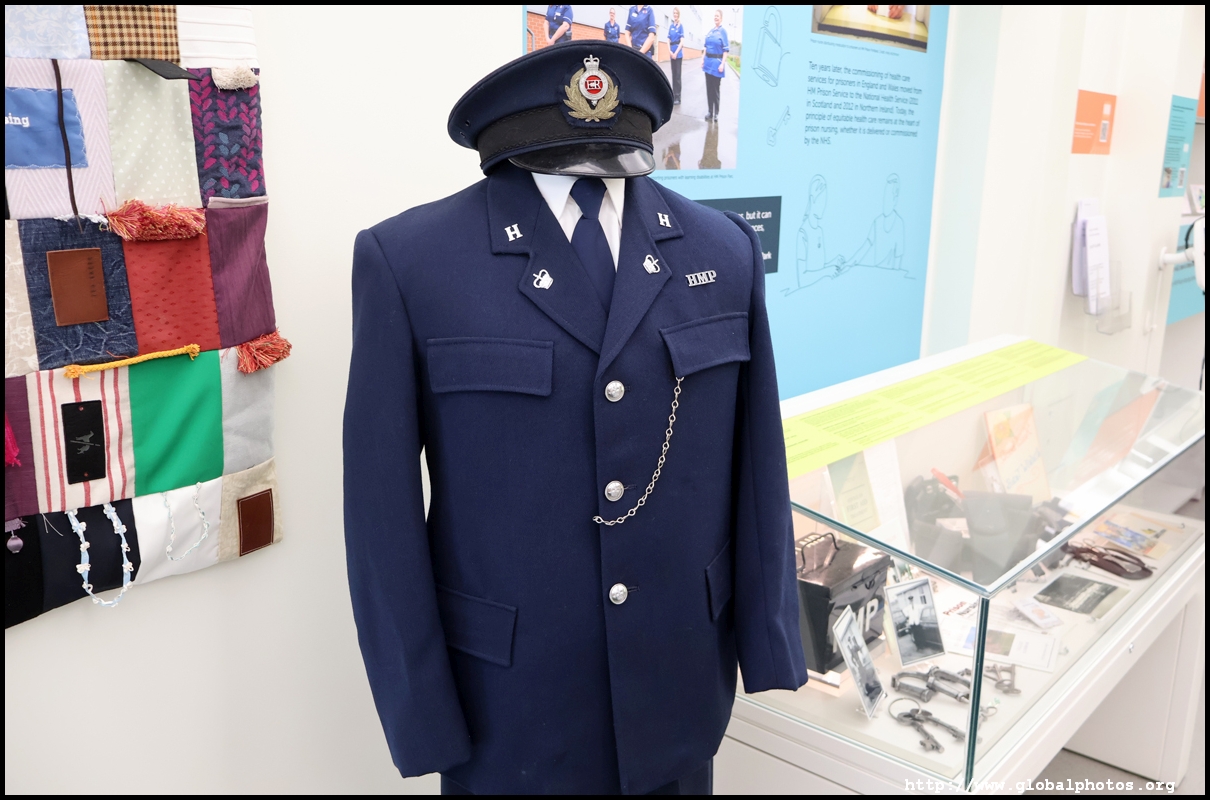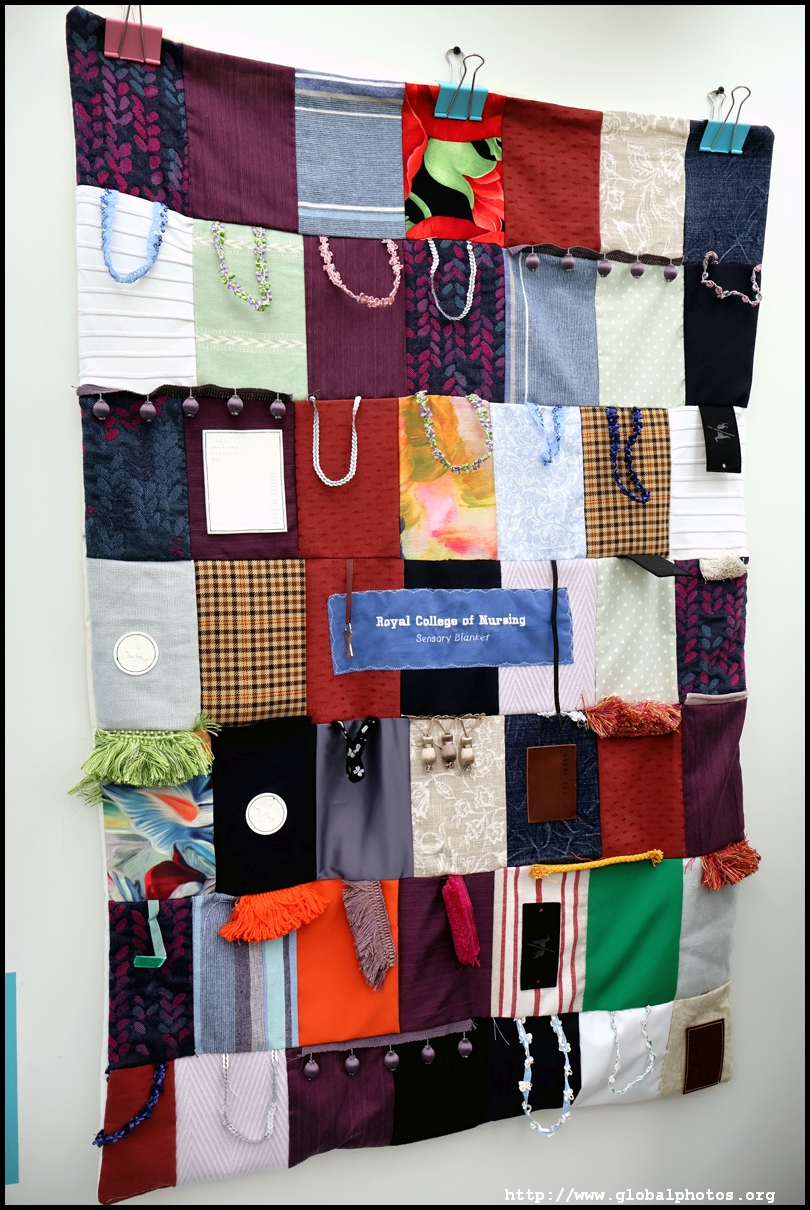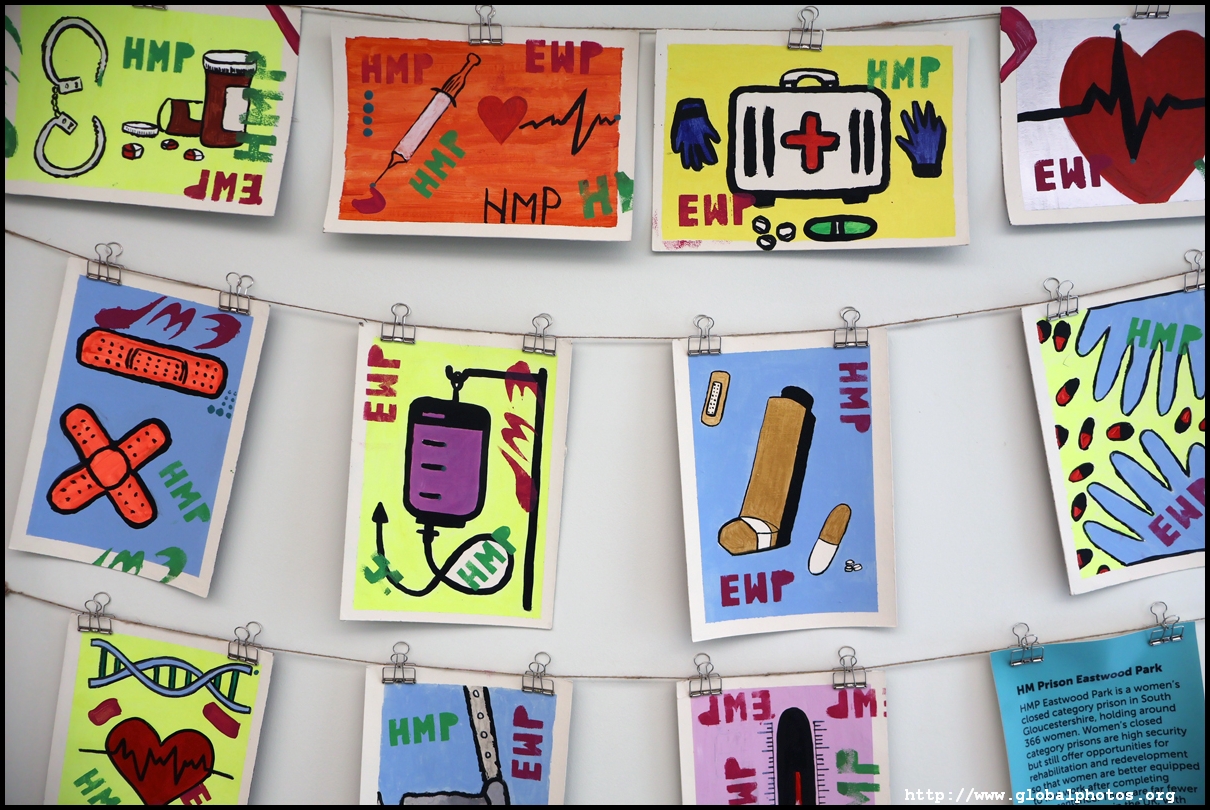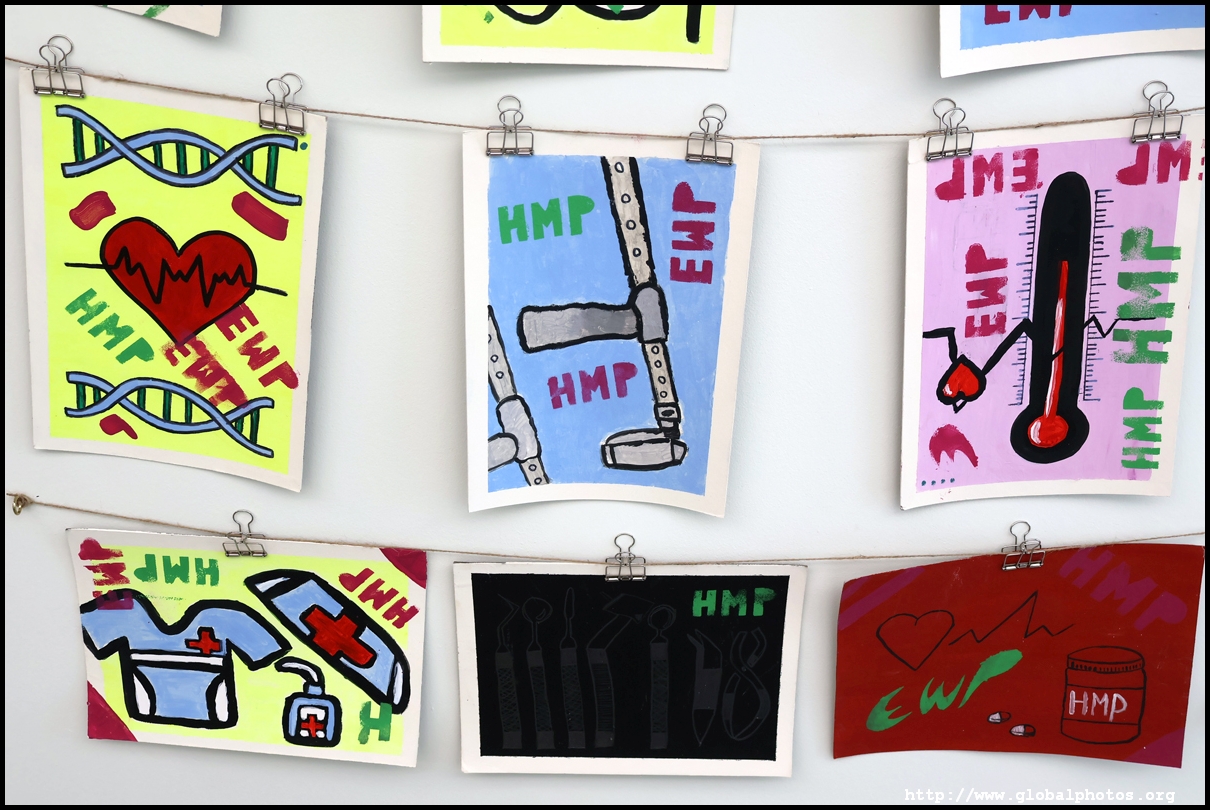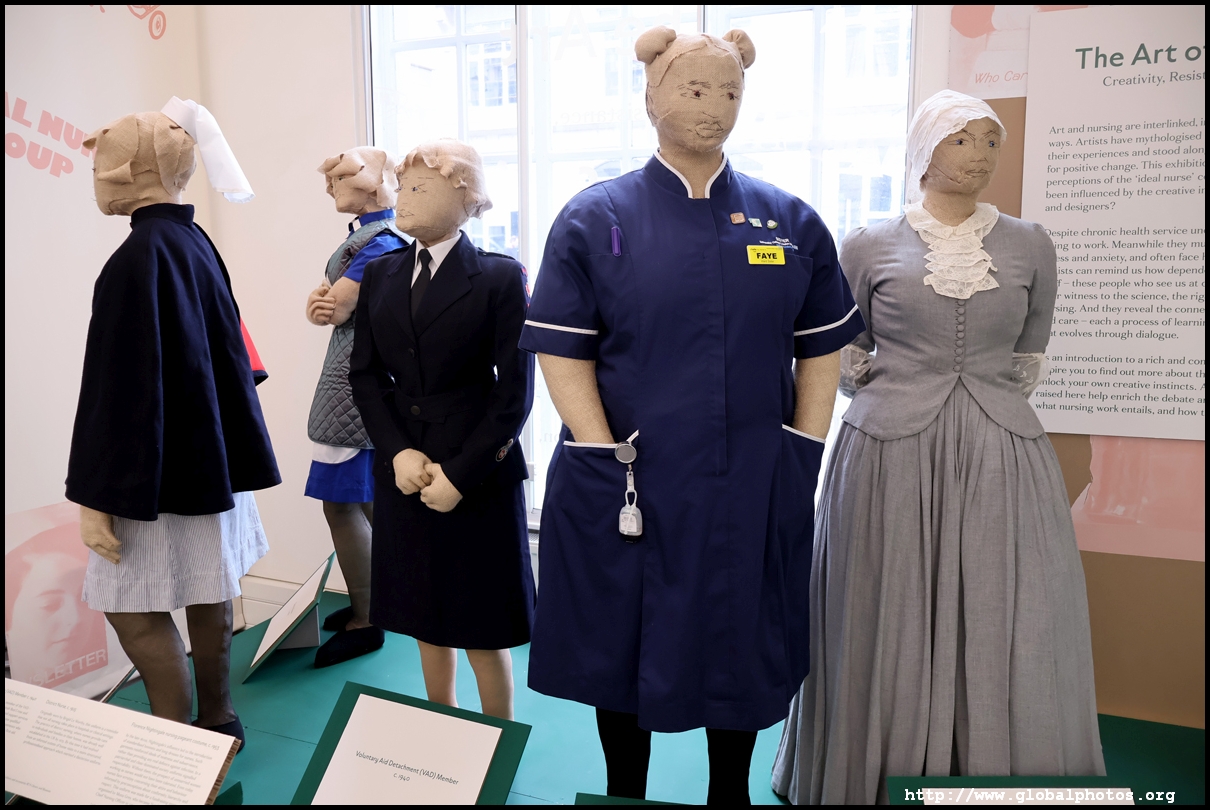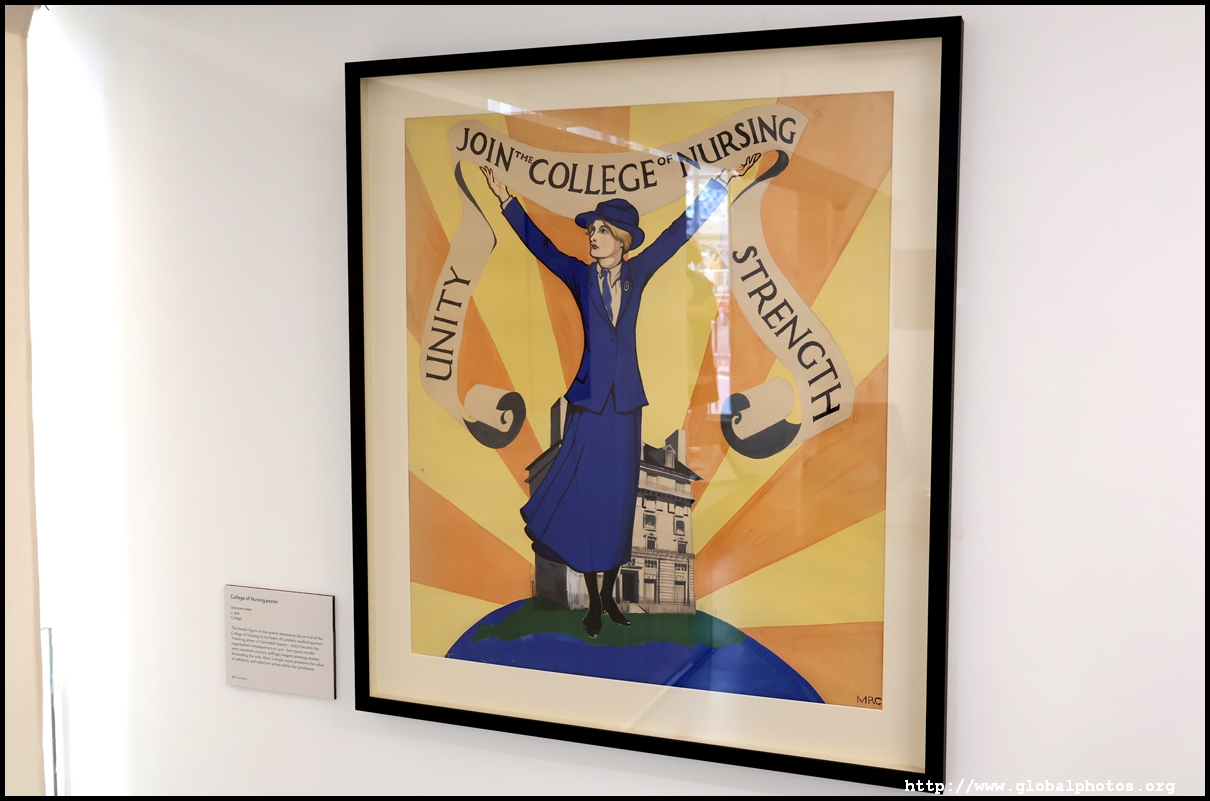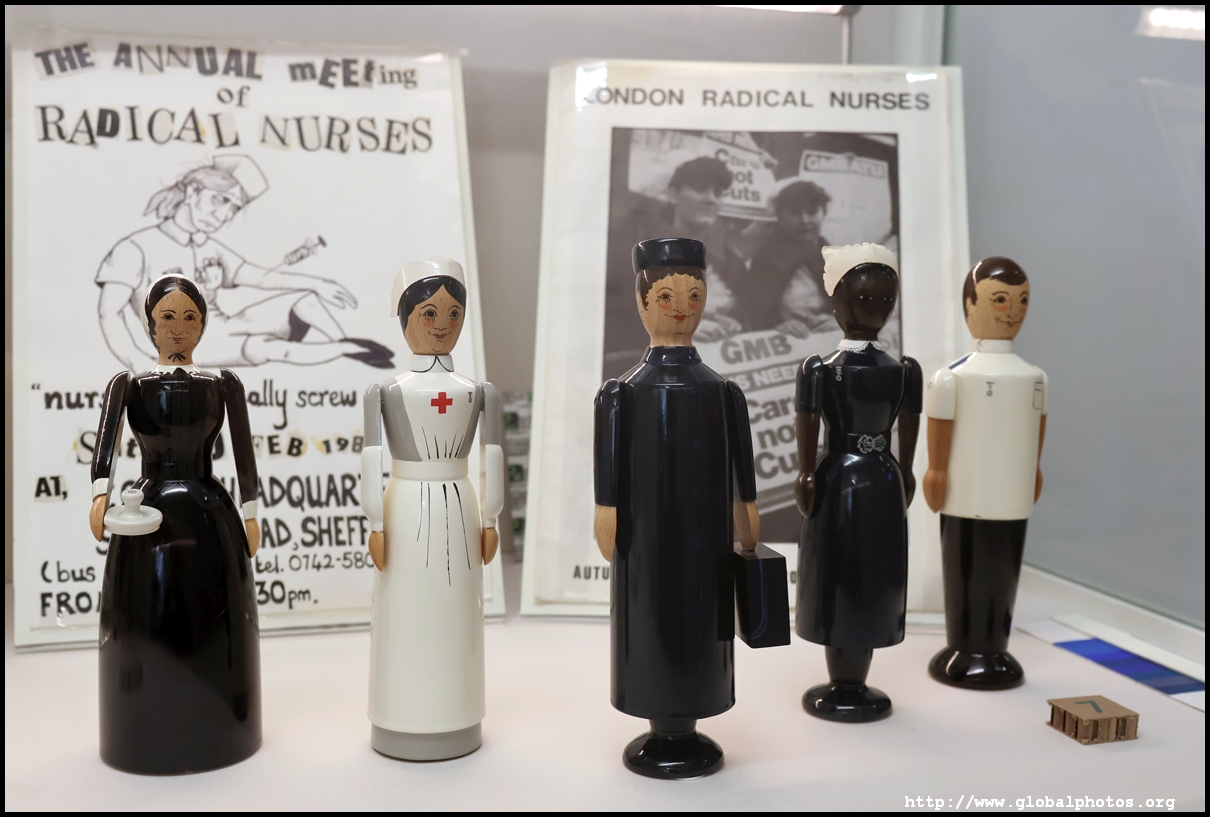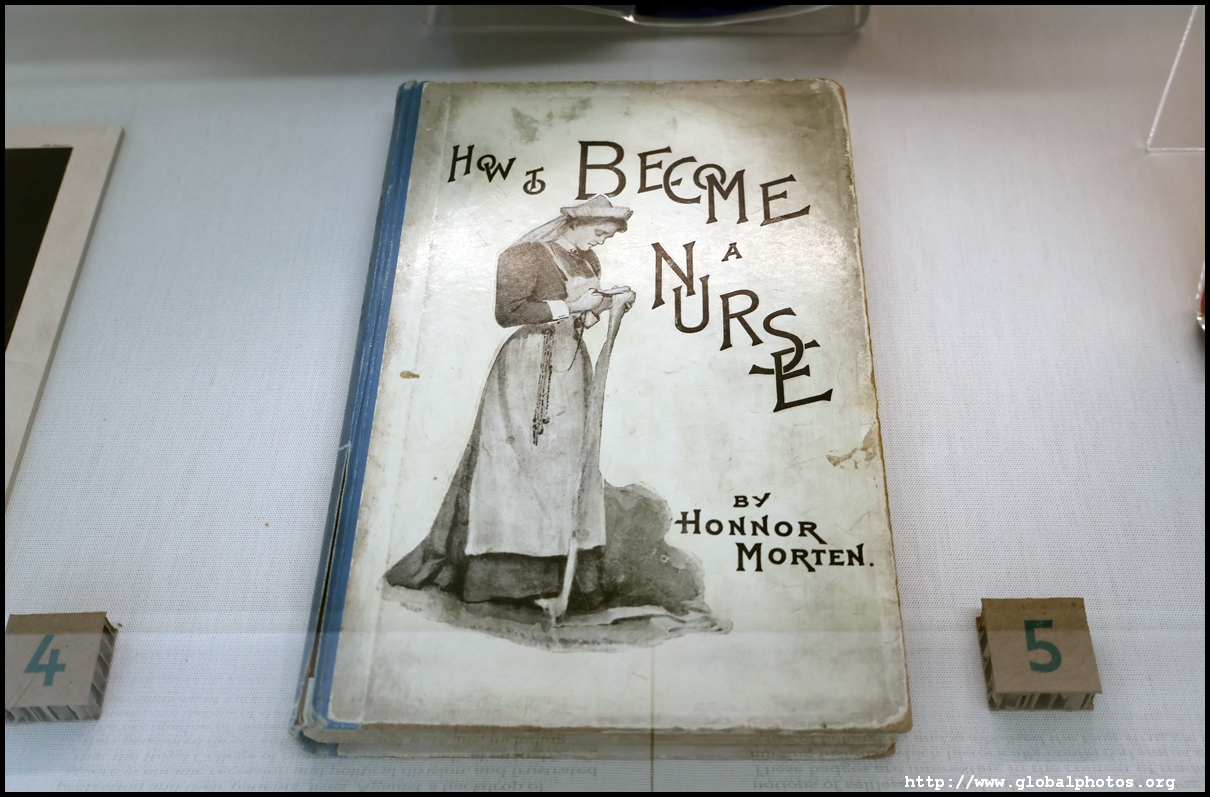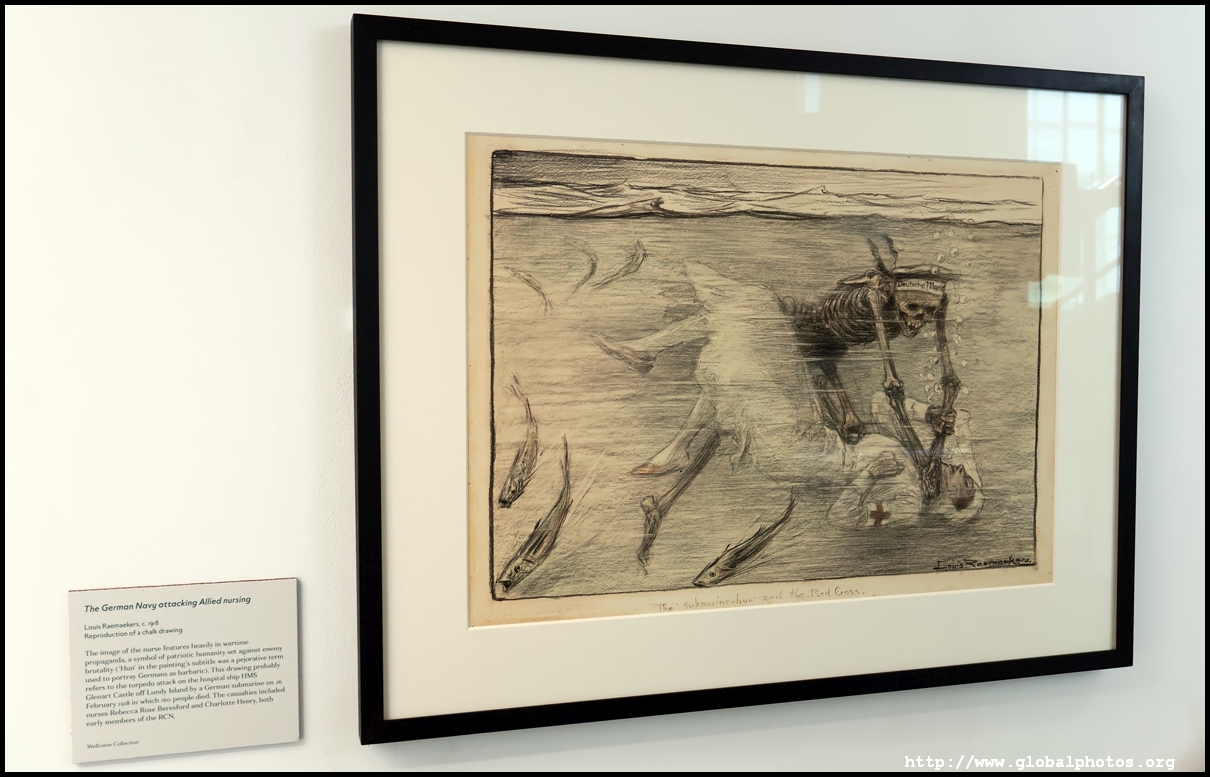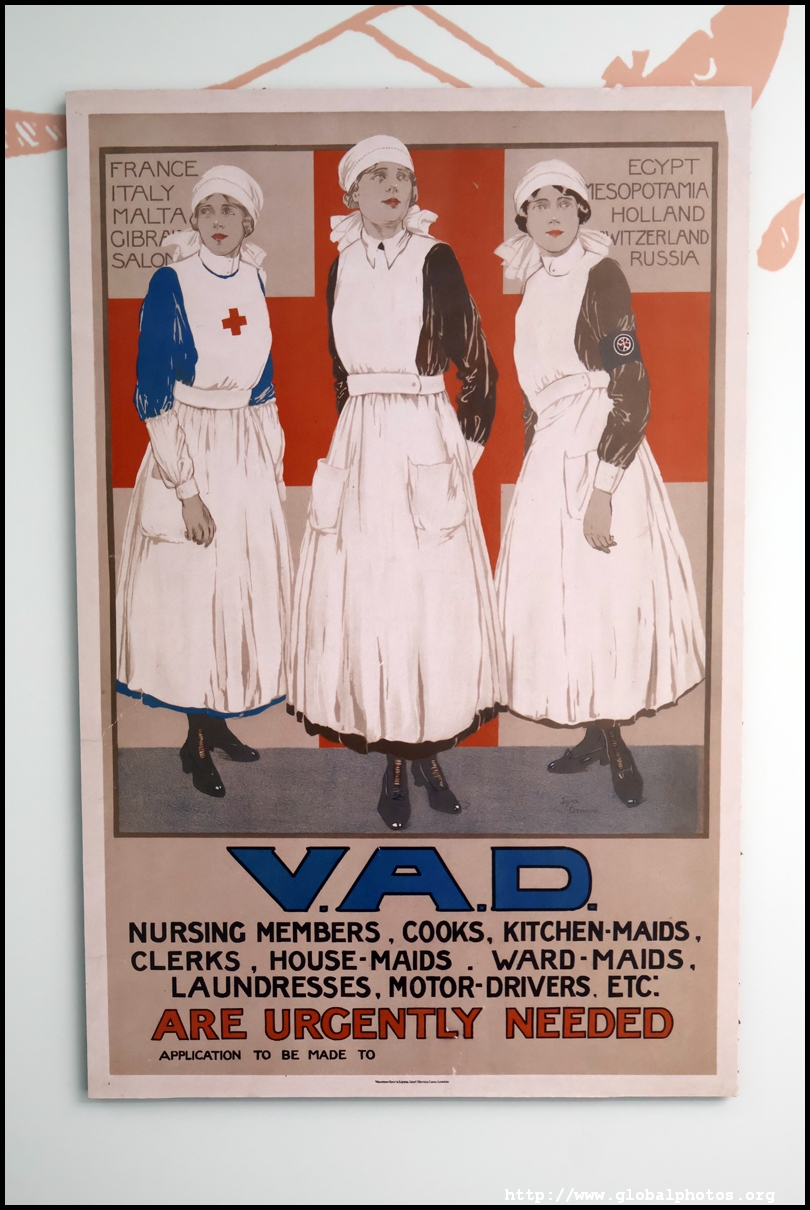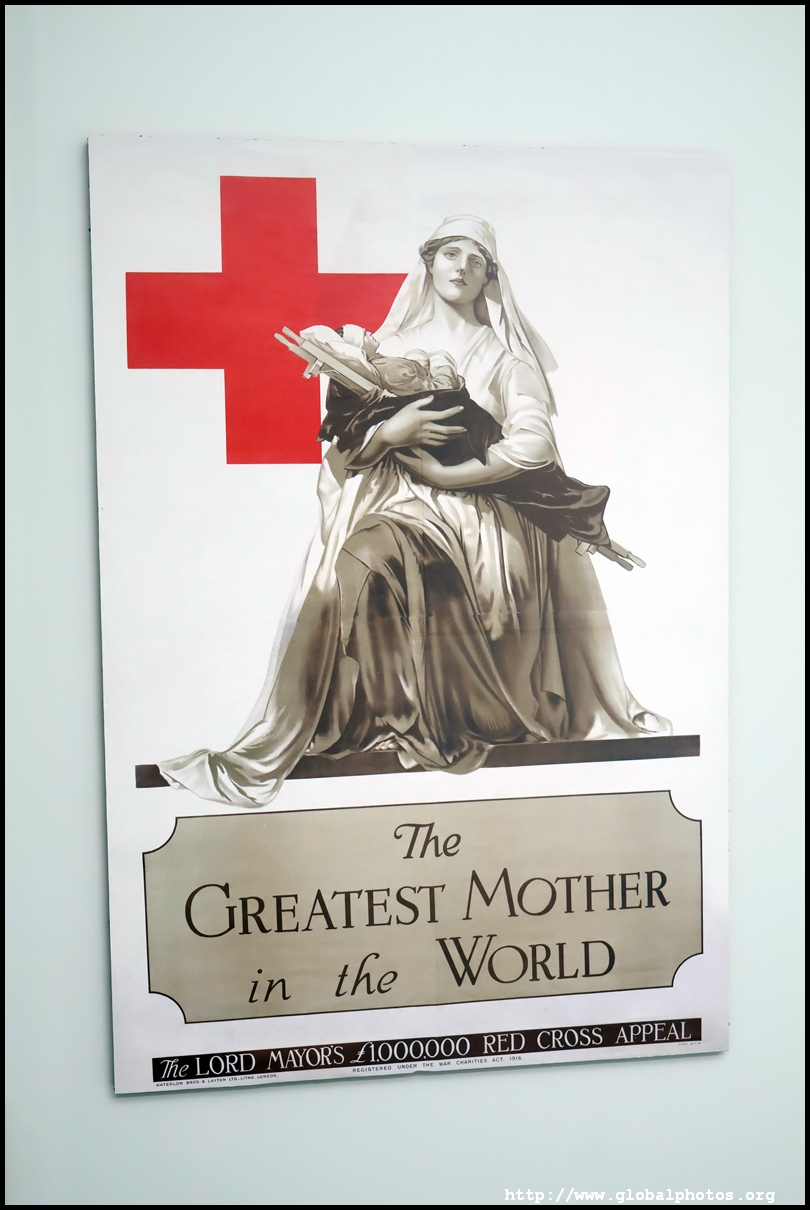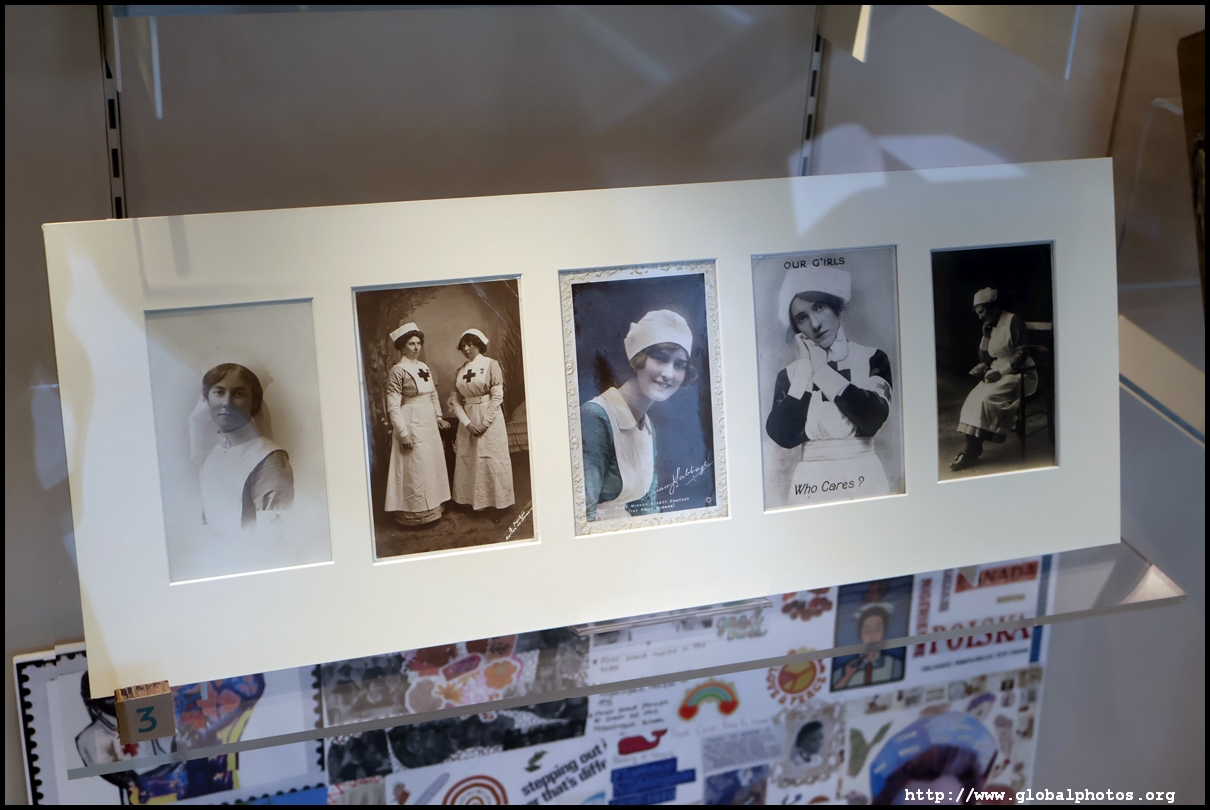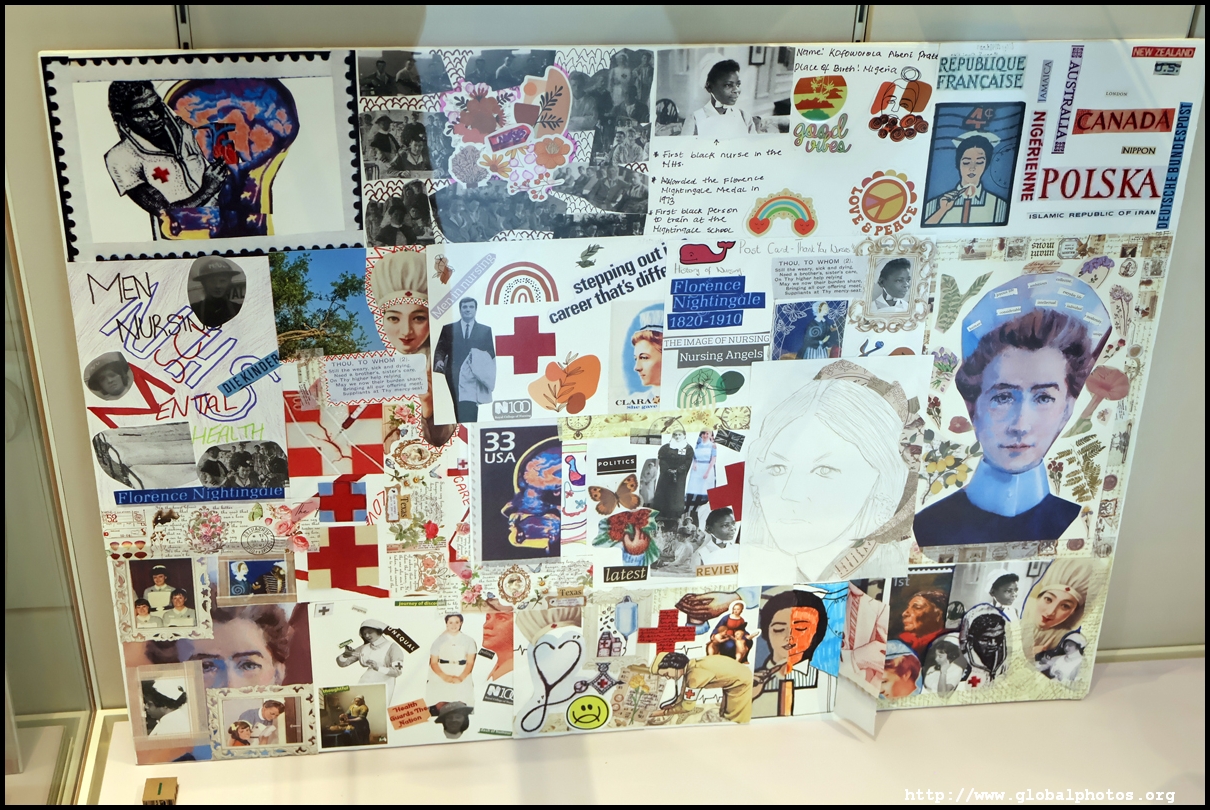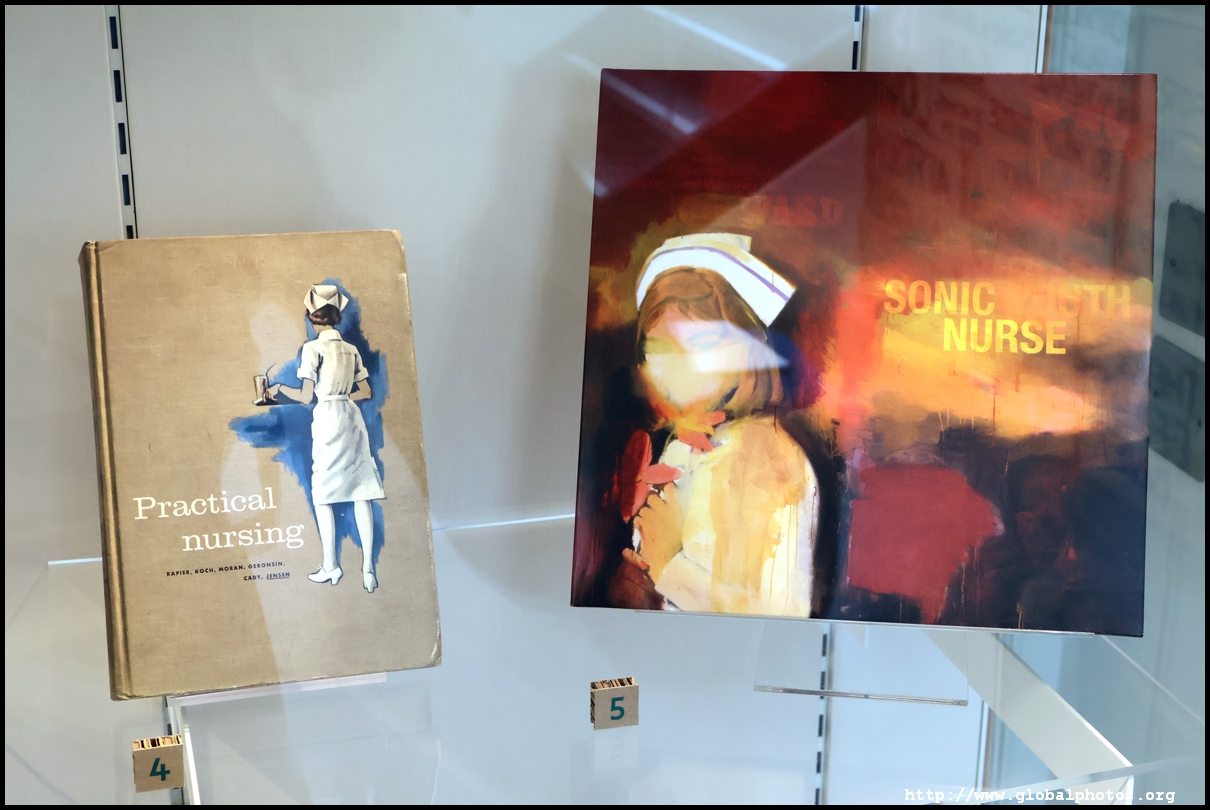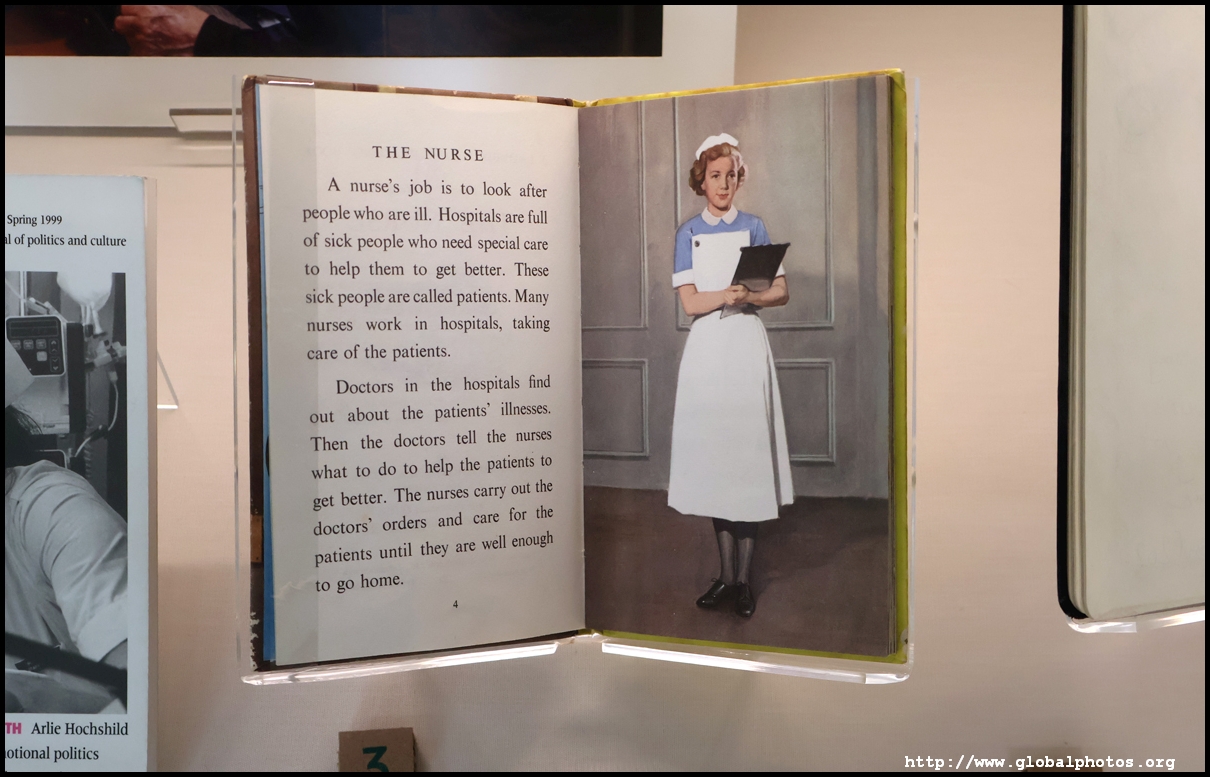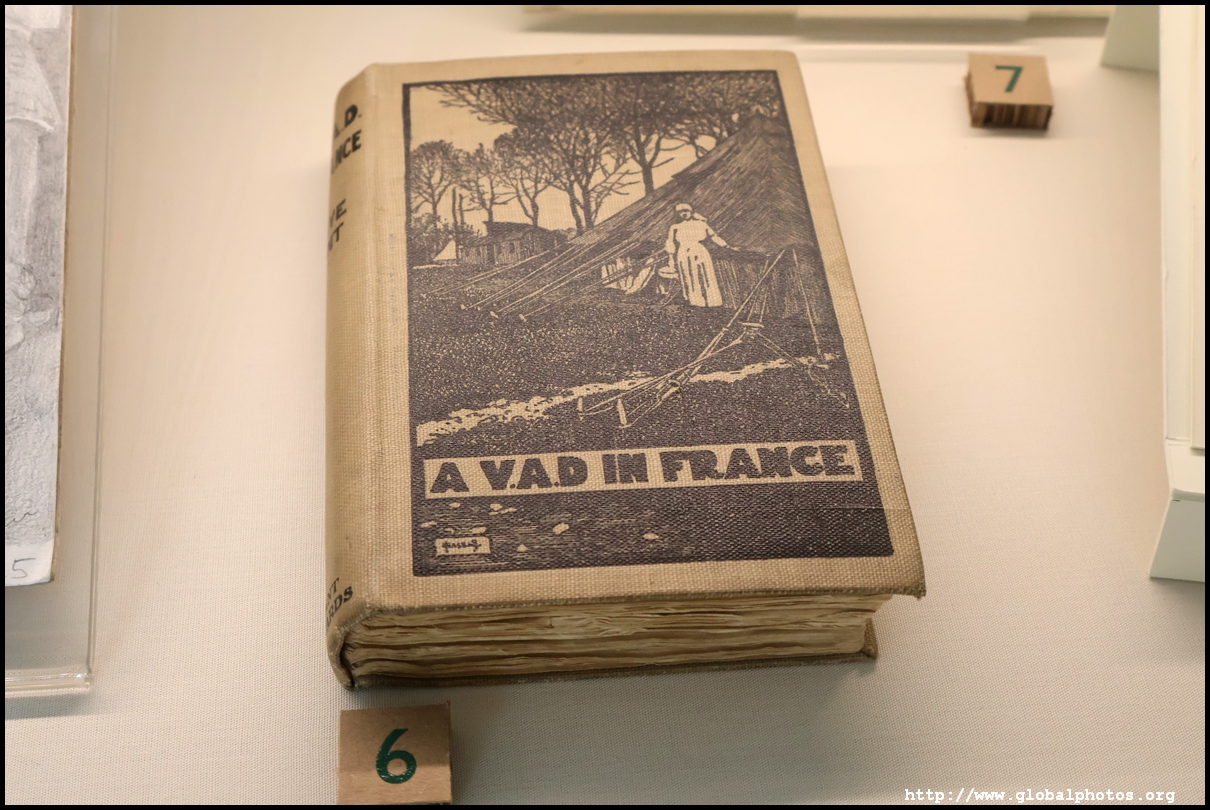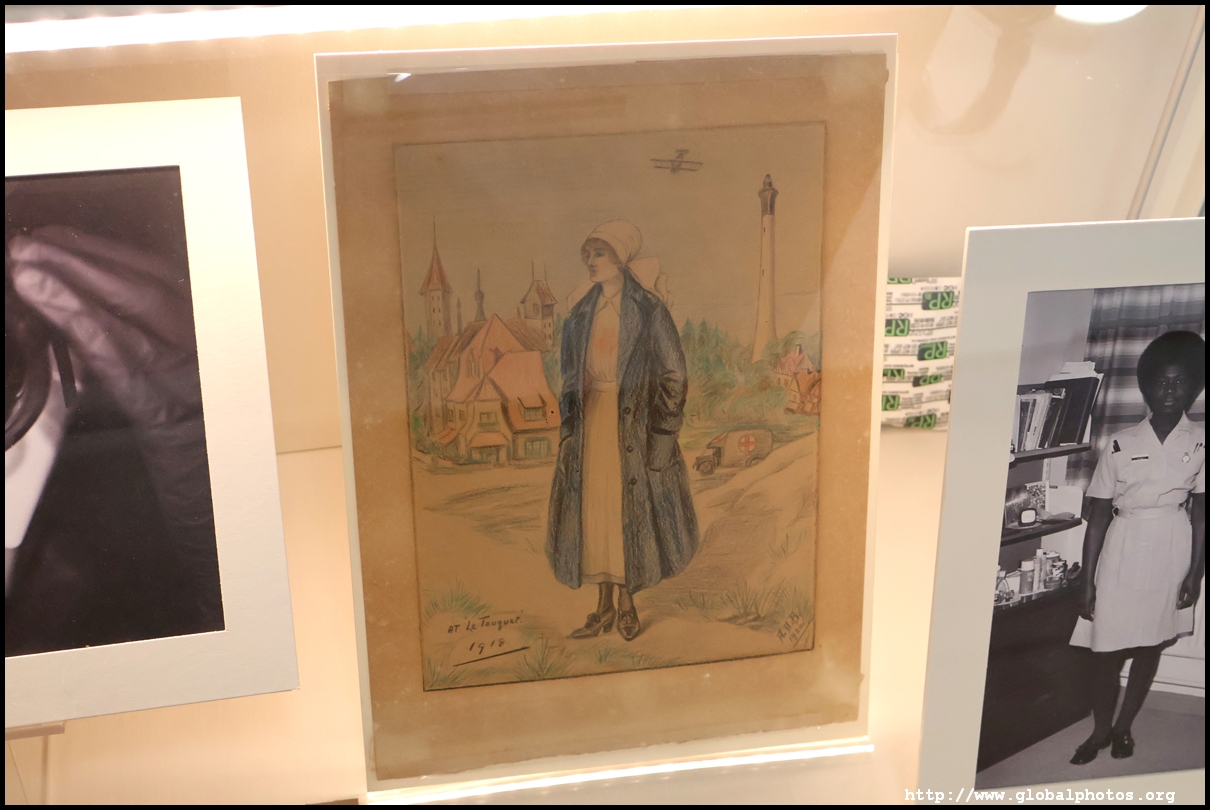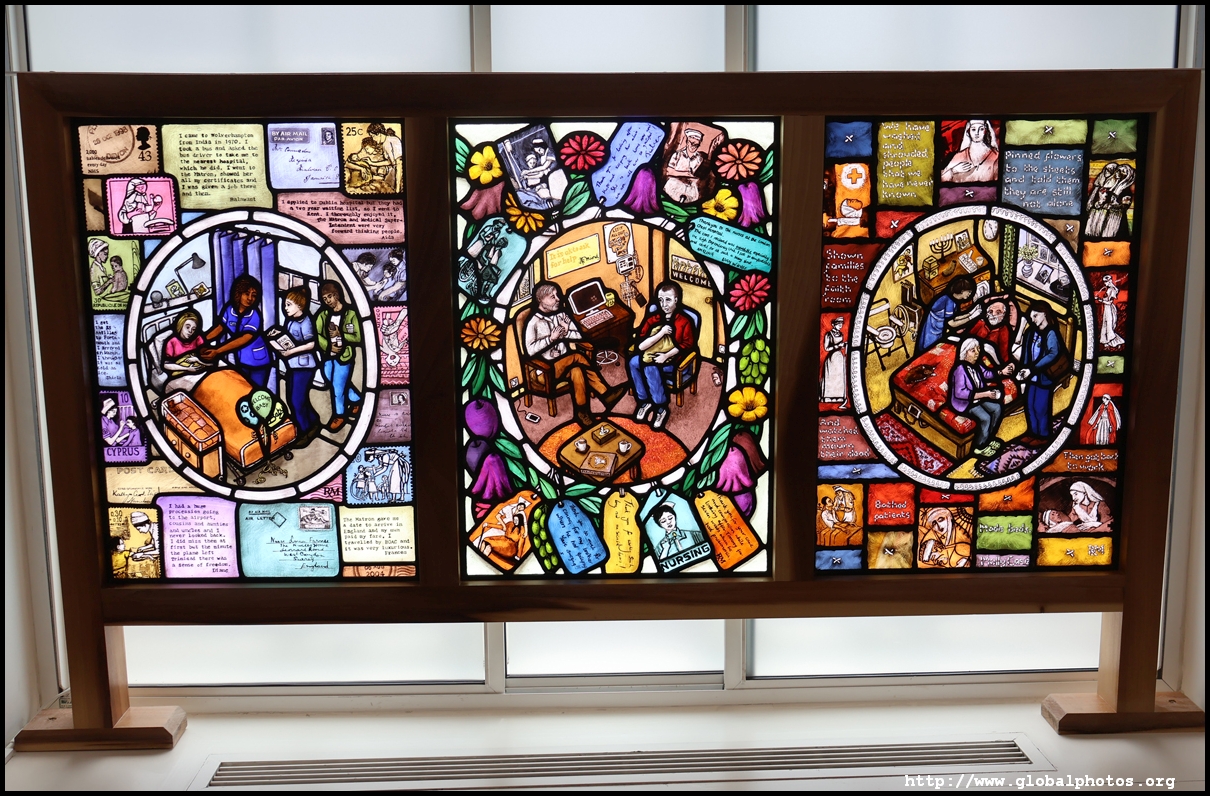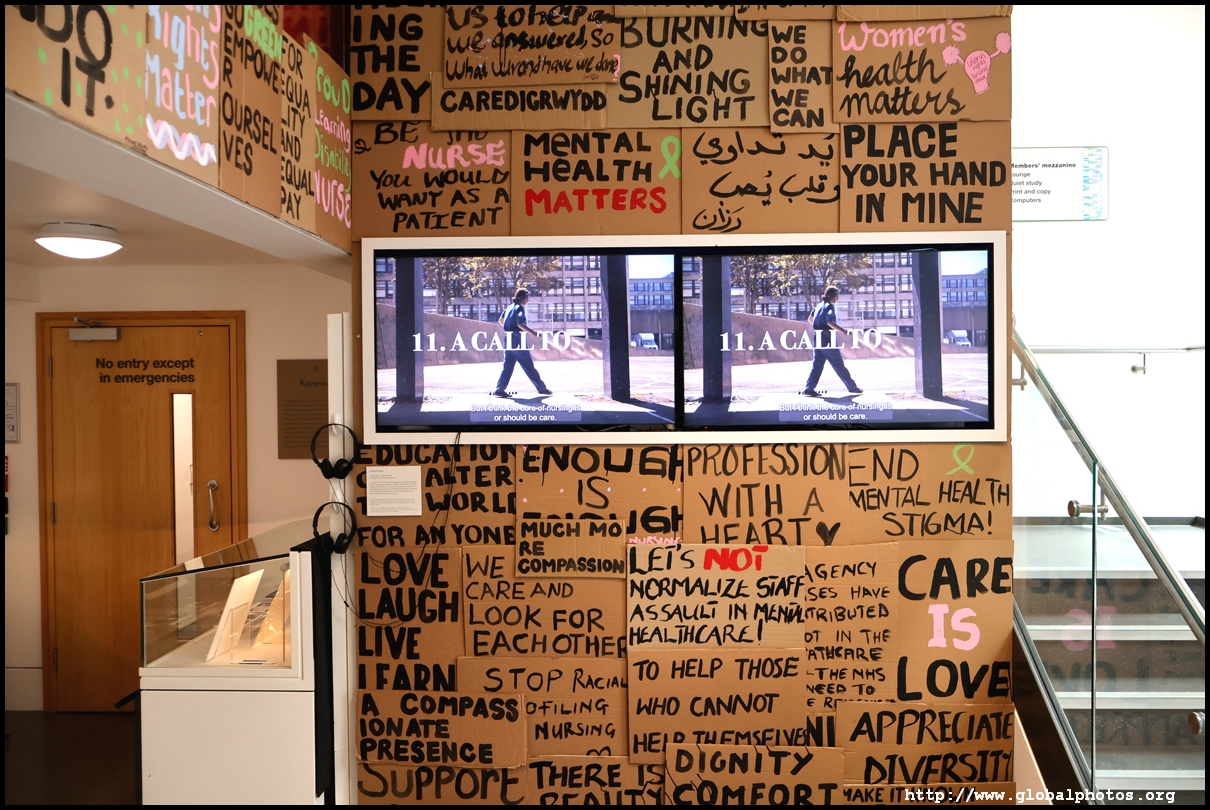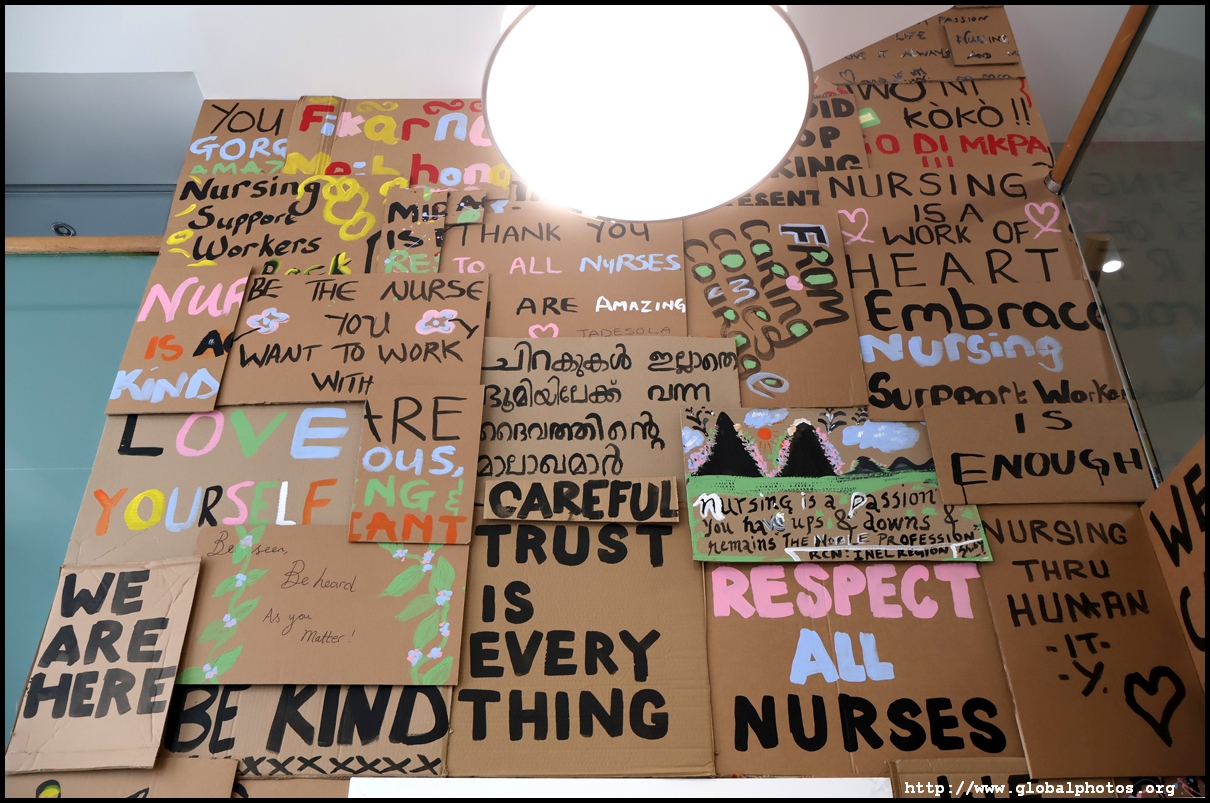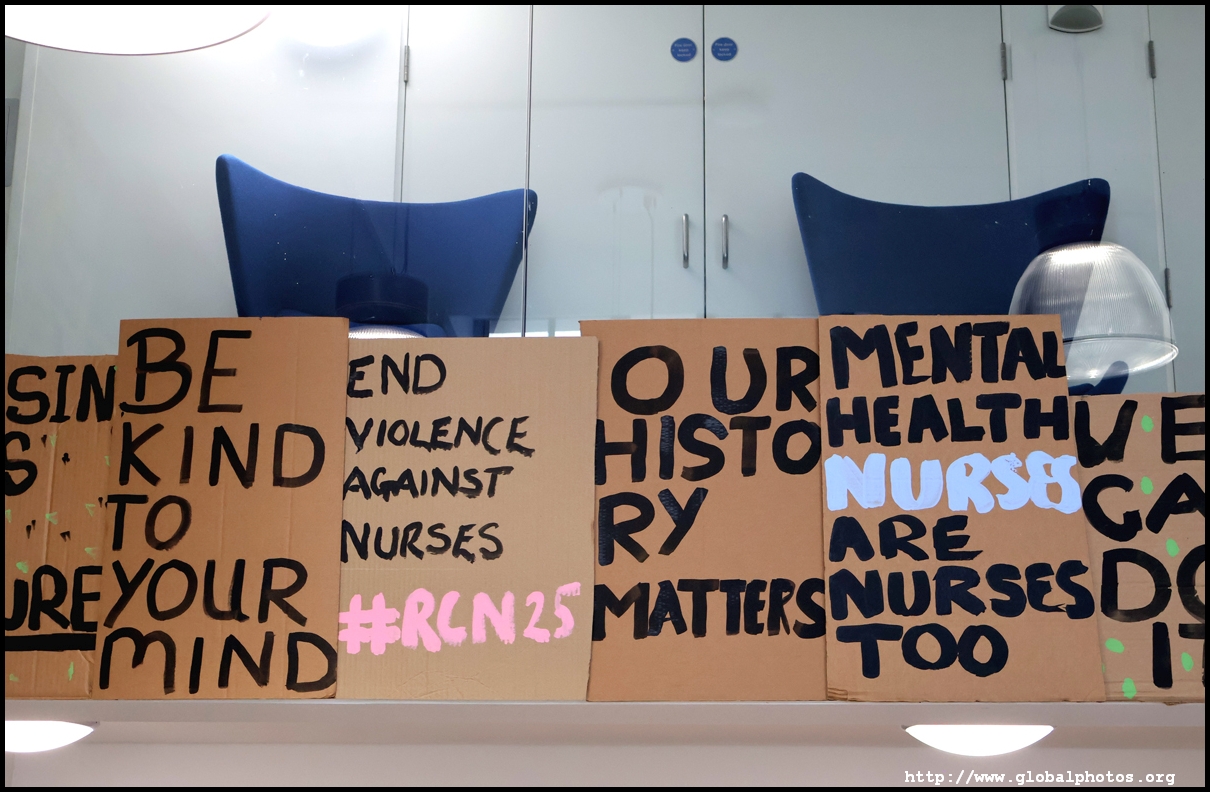London Photo Gallery - Art Exhibitions & Special Events
The Royal College of Nursing operates a small museum at their headquarters, just a short walk from the hustle and bustle of Oxford Street's shopping area.Prison Nursing Unlocked: A history of care and justice (July 2025) Until fairly recently, prisoners received nursing care from prison officers who had only received basic training. In 1813, Elizabeth Fry became concerned about the welfare of the female prisoners after visiting Newgate Prison. She campaigned for wardresses and establishing the prison matron role. However, the first prison nurses emerged only after World War I, initially working at women's prisons. HMP Holloway in north London was the first prison to employ trained nurses in 1919 after an enquiry revelaed shortcomings in the prison's care for women and babies. While the NHS was founded in 1948, prison care was undertaken by prison officers who received 6 months of health care training. A 1996 Home Office report advocated for equitable care, where prisoners should be able to receive the same quality of care as the rest of the community. The NHS took over a decade later in England. More about the exhibition : click here Elizabeth Fry was the first woman to present to the House of Commons on prison conditions in 1818, which led to the Gaols Act of 1823 that separated male and female prisoners and introduced female wardens.
This receipt outlines the food provided to prisoners at Kilmainham Gaol in Dublin. Rations decreased even further during the Irish Famine to prevent people from committing crimes so to score meals in jail.
These are items that prisoners swallowed for a variety of reasons, such as to get sick so to move to better conditions in the hospital wing.
This is the menu at Maidstone Prison, made by a vegetarian prisoner in 1918.
This is a breast pump from the early 20th century.
This 2007 booklet is customized for the prison setting, where perinatal support is delivered by midwives and nurses.
Prison nurses wore the standard nurse uniform so to avoid identifying their place of work or trigger curiosity from others. This hat dates from the 1920s-40s.
The exhibition also has artworks by inmates currently serving sentences in 2 prisons with themes that include care, resilience, and humanity.
The nurse's belt includes chain links to hang keys, a portable radio holder and pouches for essential tools such as the Big Fish Safety Knife to remove ropes or ties in emergencies or life-saving situations.
The ground floor also hosts a permanent exhibition
The female figure announces the College of Nursing has arrived in London with their headquarters in 1926.
Florence Nightingale designed the Coxcomb Chart, which was important in changing government policy by outlining deaths in the Crimean War were largely due to preventable diseases and not battle wounds.
This is a typical guide published in the 1890s targeting middle class women by highlighting nursing is a respectable profession.
This 1915 poster reproduction persuades women to join the VAD to care for the sick and wounded during the war. The creator, Joyce Dennys, was a VAD ward maid and volunteer nurse.
| |
To re-use these photos, please notify me by email : asiaglobe@yahoo.com.hk.
